supported by: Charlotte Lim Kai Ler, Kevia Tan, Wan Shi Yun, Goh Ruoxue
Published 10th September 2023
LUANG PRABANG, Laos: The colonial buildings that line the streets of Luang Prabang may be French-influenced, but the clothes that people here wear are undoubtedly Lao.
One piece of clothing stands out in particular – an intricately embroidered skirt that women wear as they go about their day.
Known as the sinh, these tubular skirts wrap around the waist and are tailored to reach the shin or the ankle. Lao women wear the sinh on all occasions, be it to work or to special events such as weddings, funerals, or celebrations.
The price for one ranges from 100,000 Lao kip (SS$6.95) to more than 1,000,000 Lao kip (S$69.47). Its cost depends on the designs that adorn it, as well as the material used, with silk being more expensive than cotton.
Most of the embroidery on a sinh is concentrated at the bottom, also known as tin. The main portion of the skirt, pheun, typically features simpler patterns, and the waistband is known as the hua.
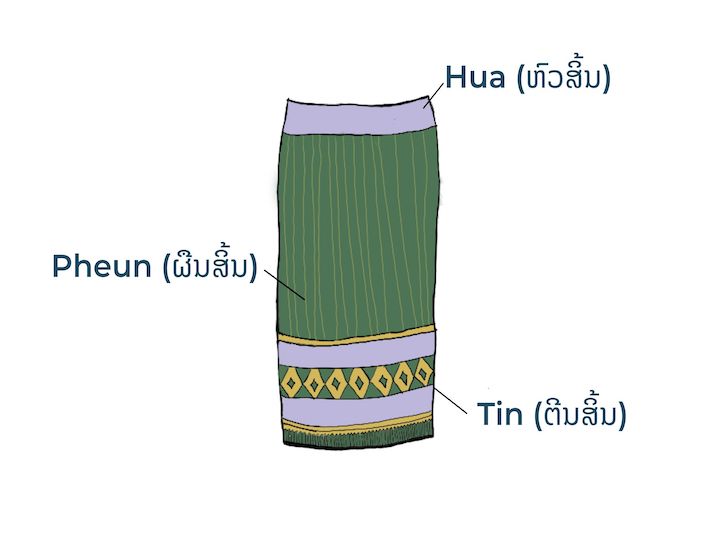
But what makes the sinh a truly unique piece of clothing is its design, which has motifs incorporated from different ethnic groups, of which the Lao government recognises 50, including the Hmong and the Khmer.
Different regions have their own styles, and in Luang Prabang, simplicity is key, as the sinh here tend to display elaborate patterns on the tin.
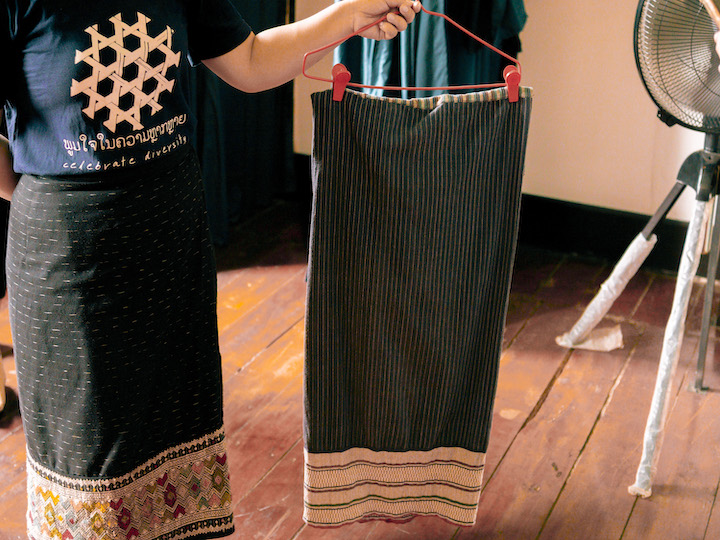
Wearing a sinh the Hmong way
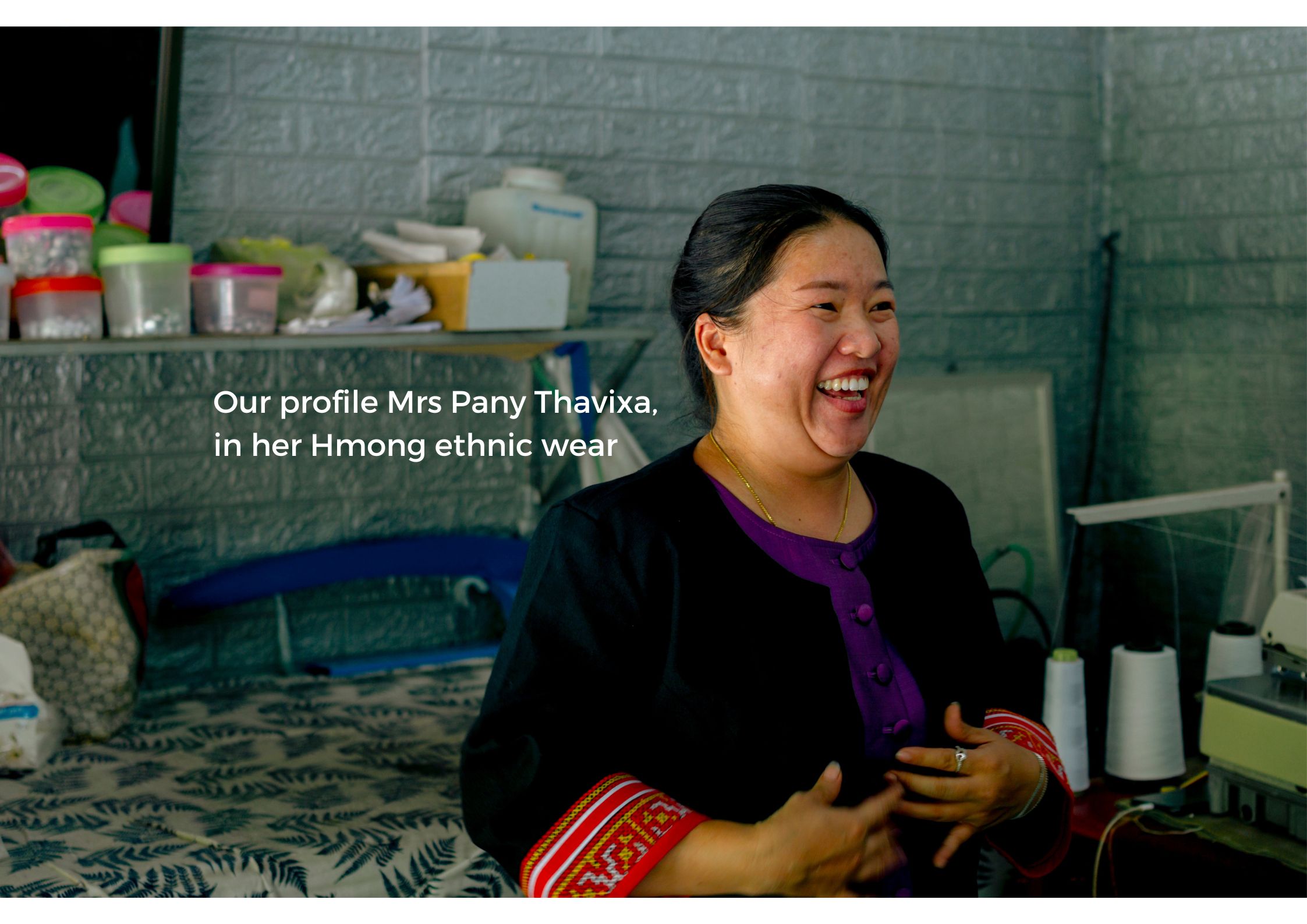

Our profile Mrs Pany Thavixa elaborating on Hmong traditional wear.
The Hmong are recognised for incorporating bright and vibrant colours in their traditional clothes. Other than a sinh, they can also wear either a long or short flowy skirt to pair with a blouse or jacket.
Different province, different pattern
Different provinces also have their own distinct styles of sinh.
In Houaphan province, the Tai Daeng ethnic group embroider their sinh from the pheun all the way down to the tin.
Meanwhile, the Tai Muey, who come from Xieng Khouang province, feature embroidery throughout the entirety of the skirt.
For the Tai Lue in Phongsaly province, long and linear patterns are the order of the day, while the Tai Lao from Luang Prabang are more subdued and have sparsely decorated pheun.
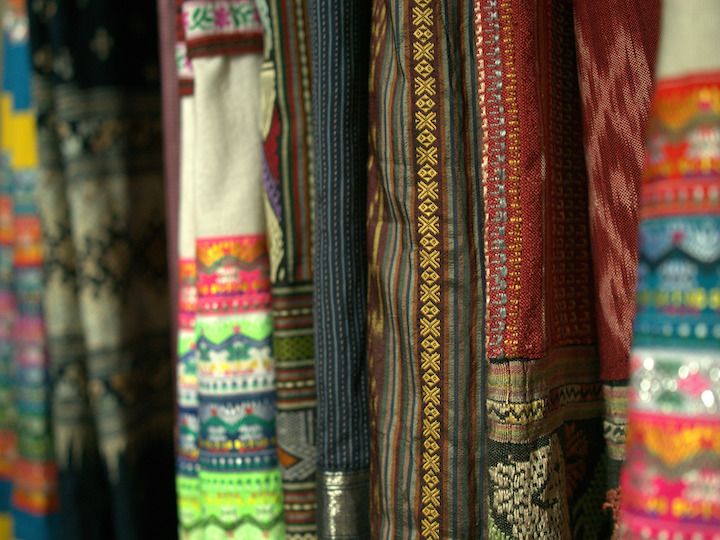
Regardless, most of Laotian embroidery is inspired from nature, folktales and the landscape.


Various motifs we captured on sinh.
The techniques required to make Laotian traditional clothes are greatly influenced by Thai and Viet craftsmanship. The northern ways of making a sinh can also be found in Luang Prabang.
To the untrained eye, all sinh may look the same.
But to Laotians, the skirts contribute to a sense of national identity, connecting them despite their different ethnicities.
Rather than being mere clothing, they are a medium that tells the stories of its people and their land, and regardless of who made it, appreciation for the sinh runs deep.
Behind the sinh
The tale of the sinh cannot be told without spotlighting the matriarchs behind the scenes. These are their stories.
Mrs Manichanh Phongsavath, 43, Tailor
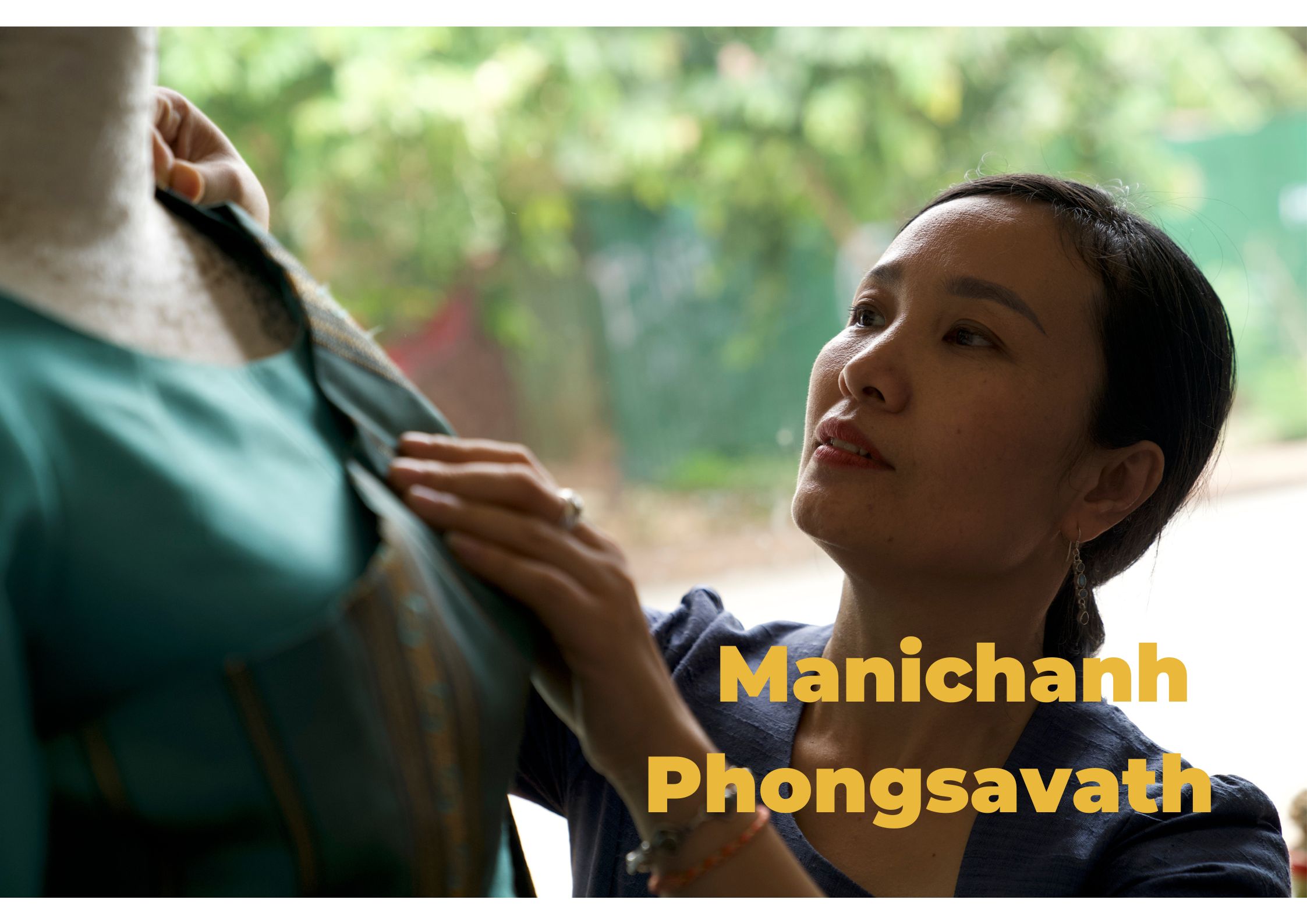


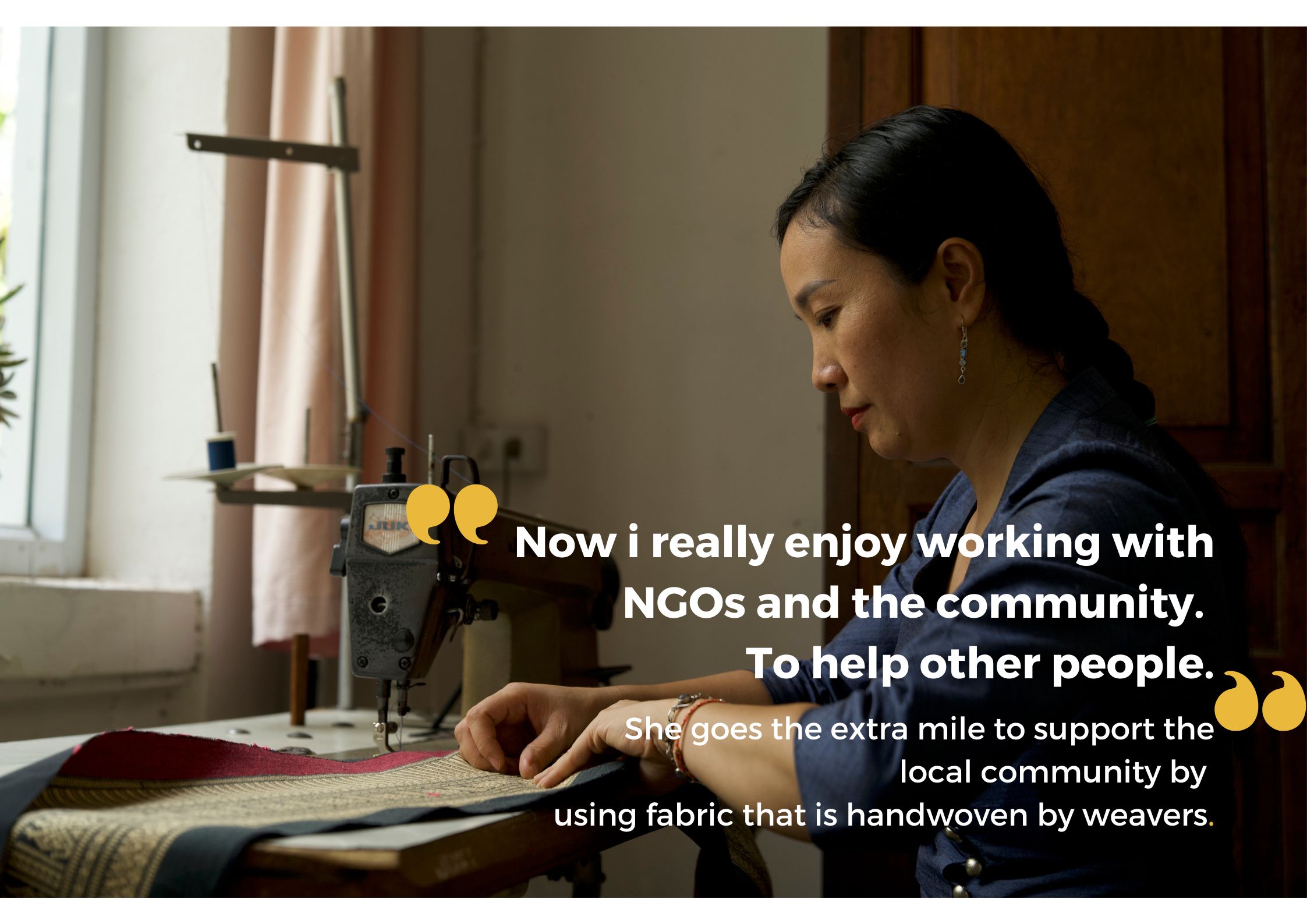
In 2015, Mrs Manichanh opened her quaint tailor shop in the heart of Luang Prabang.
For eight years, she has seen multitudes of customers walk through her doors. Whether they are local regulars or foreigners new to Laotian fashion, she welcomes them all.
“I want to show the Lao culture to the world and contribute back to our community. This is why I started my own brand and business.”
Despite having to run the business alone because of the pandemic, her love for sewing never faltered.
She added that she wants to keep alive the Laotian tradition for “the younger people to see” and so, will continue to tailor.
In the future, she wishes to kickstart her own tailoring classes to teach foreigners about the basics of sewing. She also hopes to hire and groom more tailors to provide them with a source of income.
Mrs Pany Thavixa, 38, Tailor
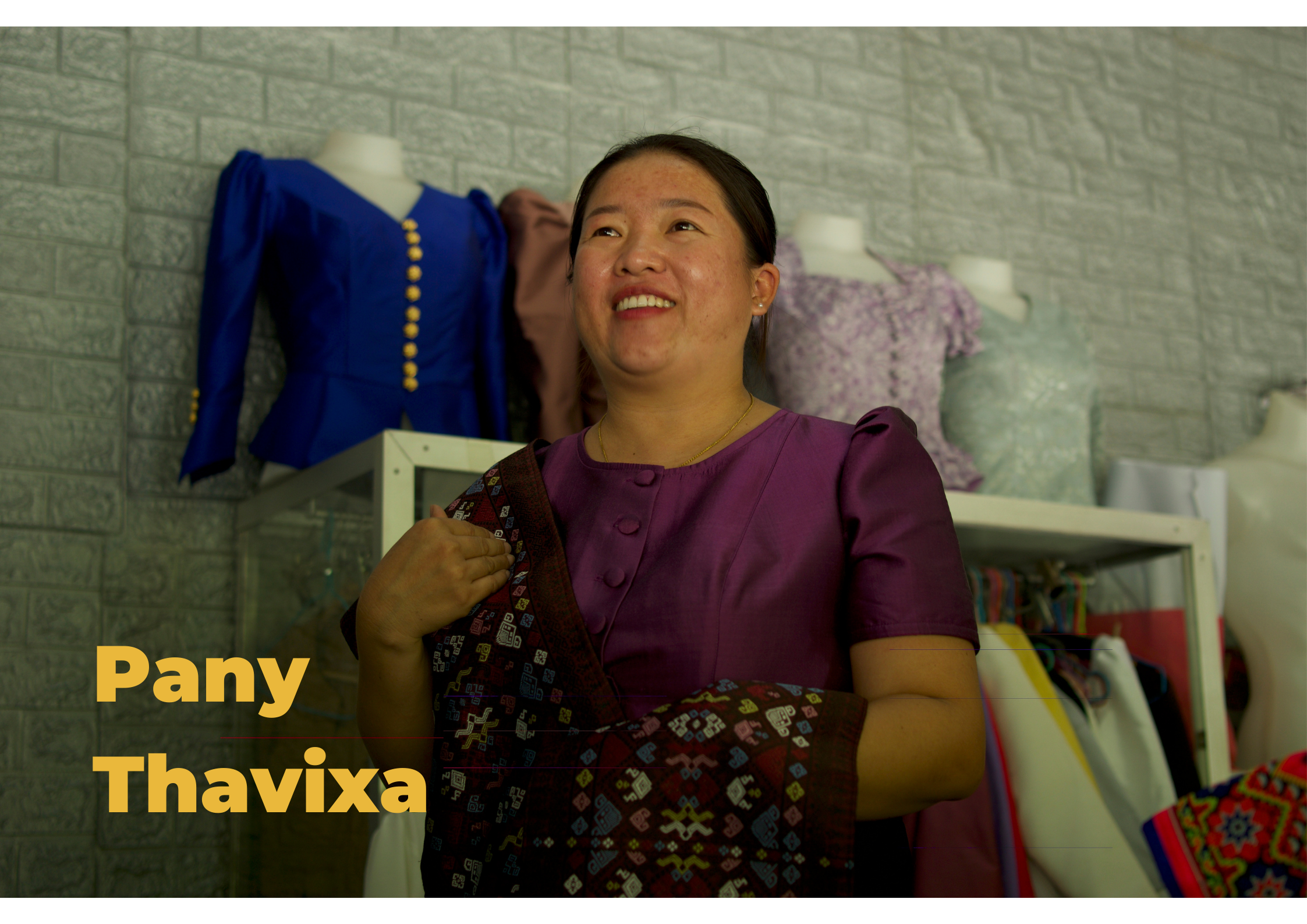


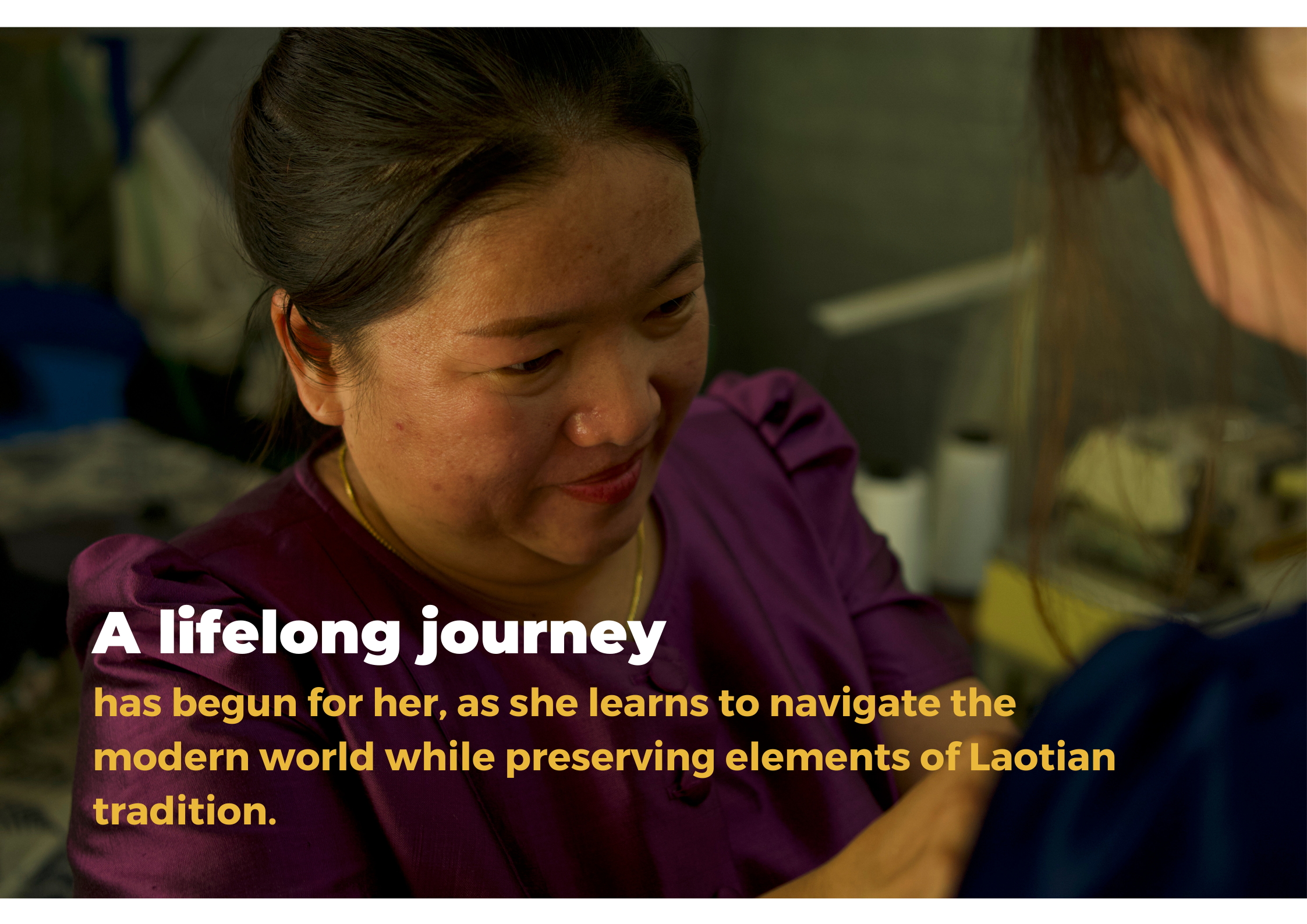
For Mrs Pany, she derives joy from seeing her customers’ satisfied faces.
“(I am) very happy to design clothes for customers when they wear my clothes and like them,” said the 38-year-old.
While she only sews traditional clothing, she makes sure to incorporate modern elements into them, while still staying true to tradition.
She said: “The younger generation likes to follow the latest trends. If I stick to only old fashion, customers won’t come.”
Every day brings a new set of challenges for her, as customers come in with specific requests, but she takes it in her stride.
These were merely opportunities to learn something new, she shared.
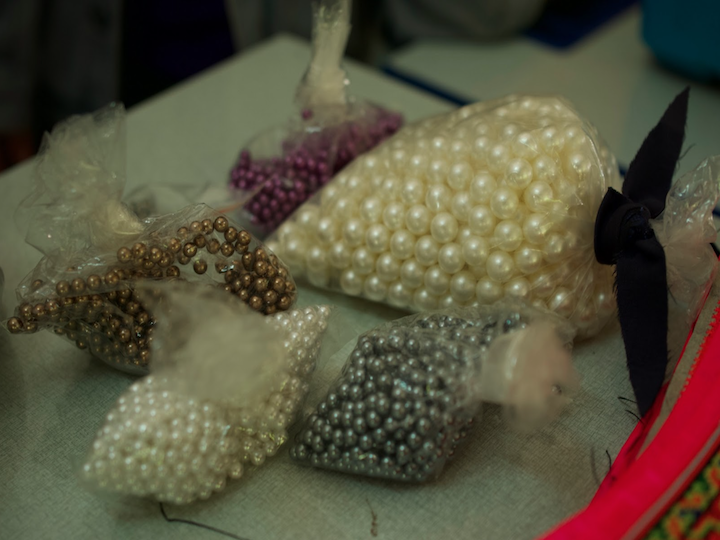
Mrs Fongsamouth Simoukda, 52, Weaver
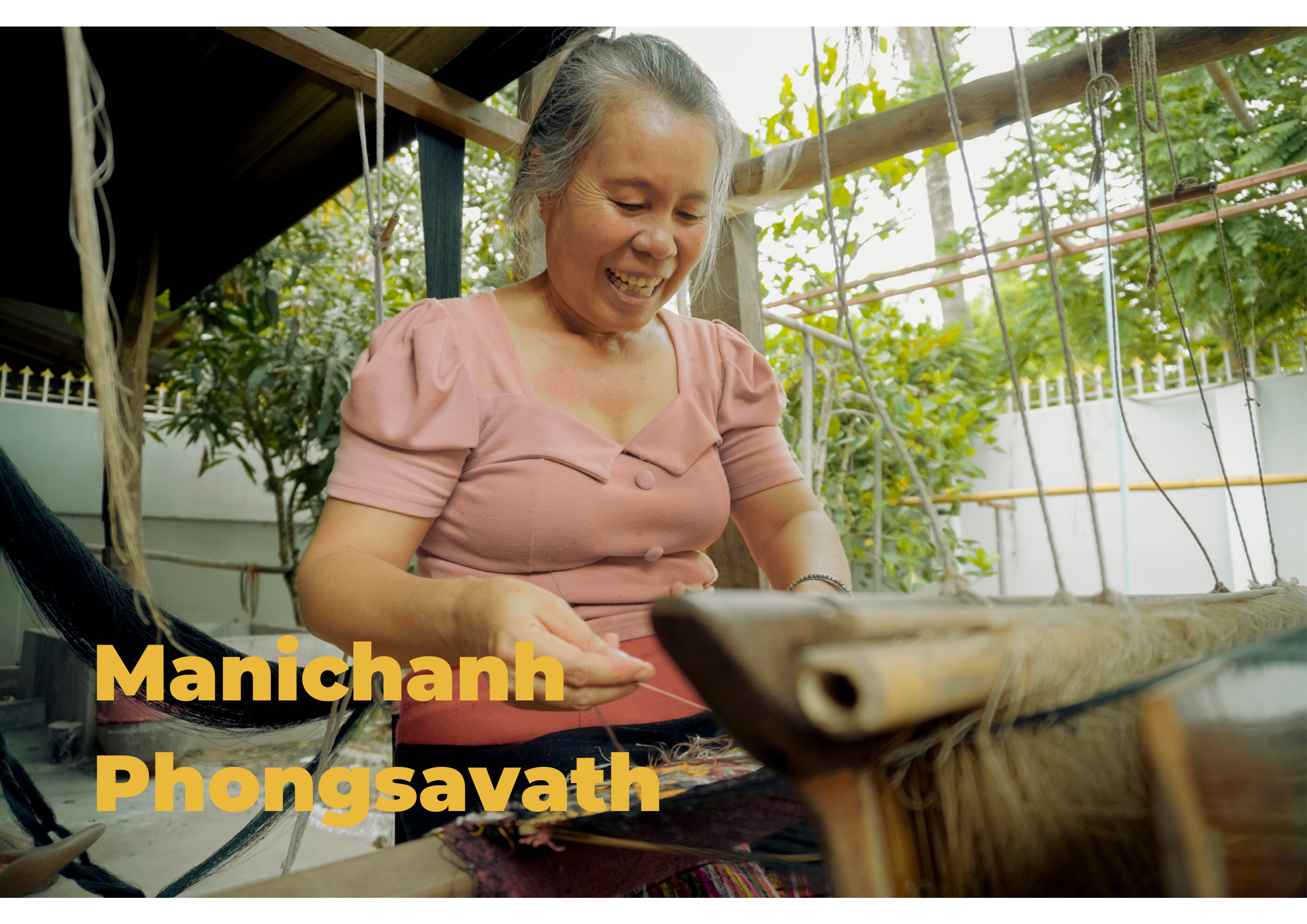
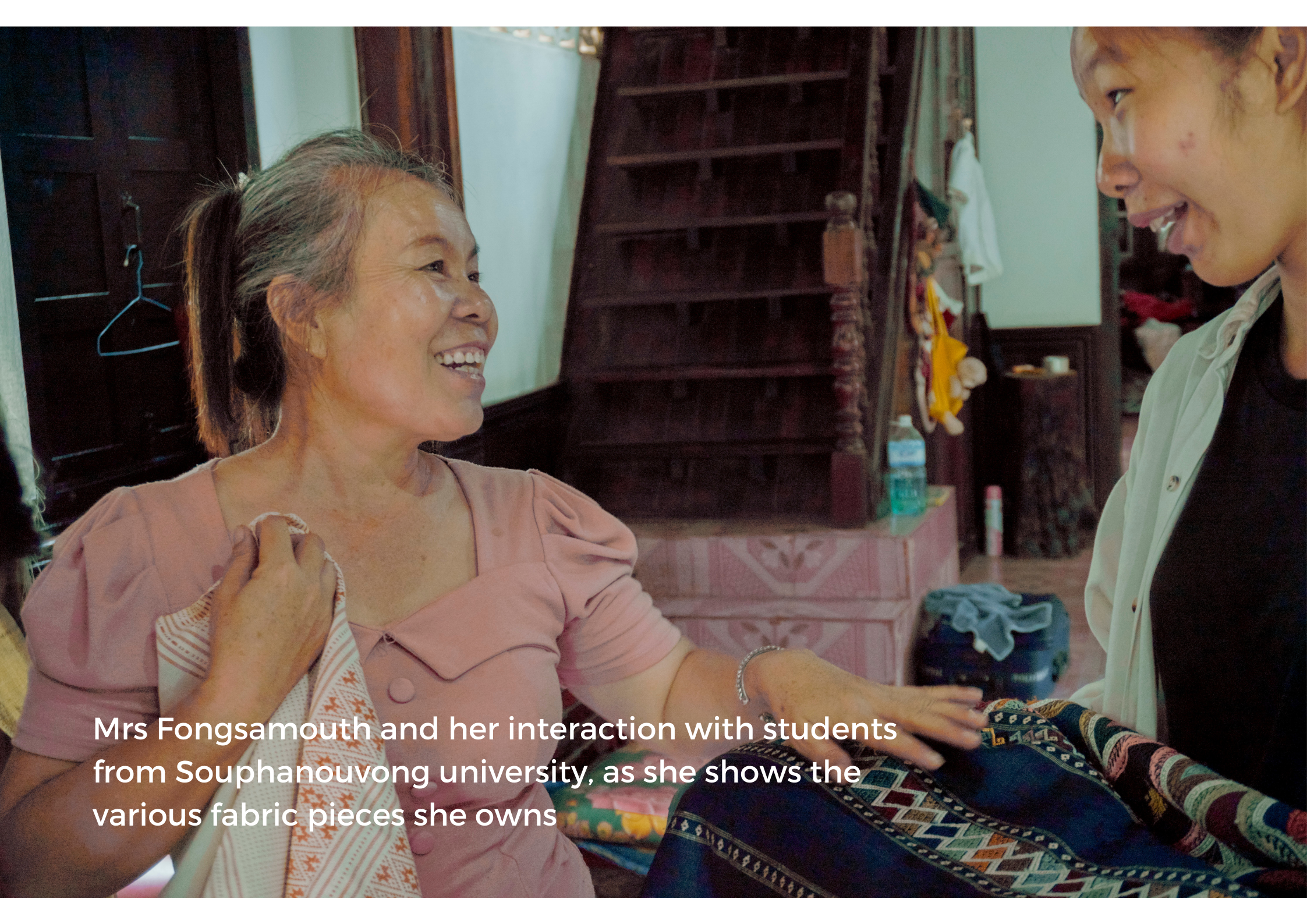

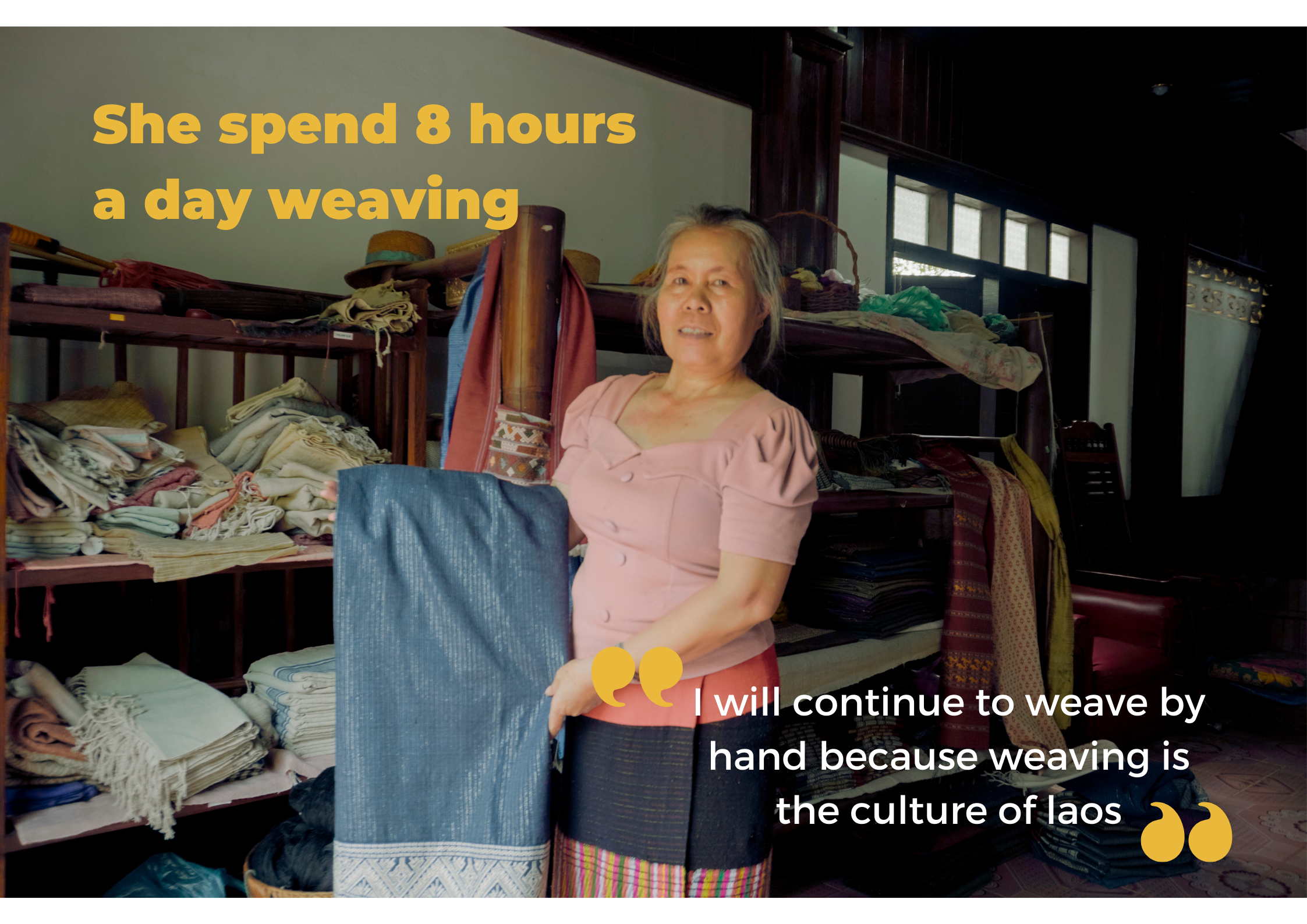
Mrs Fongsamouth is one of the many weavers who are born and raised in Phonxay, a district in Luang Prabang located in the northern part of Laos, where weaving is taught to all young girls there.
“The whole village weaves here,” she said. As soon as you step into the village, you would be met with rows and rows of houses filled with weaving tools and equipment, she added.
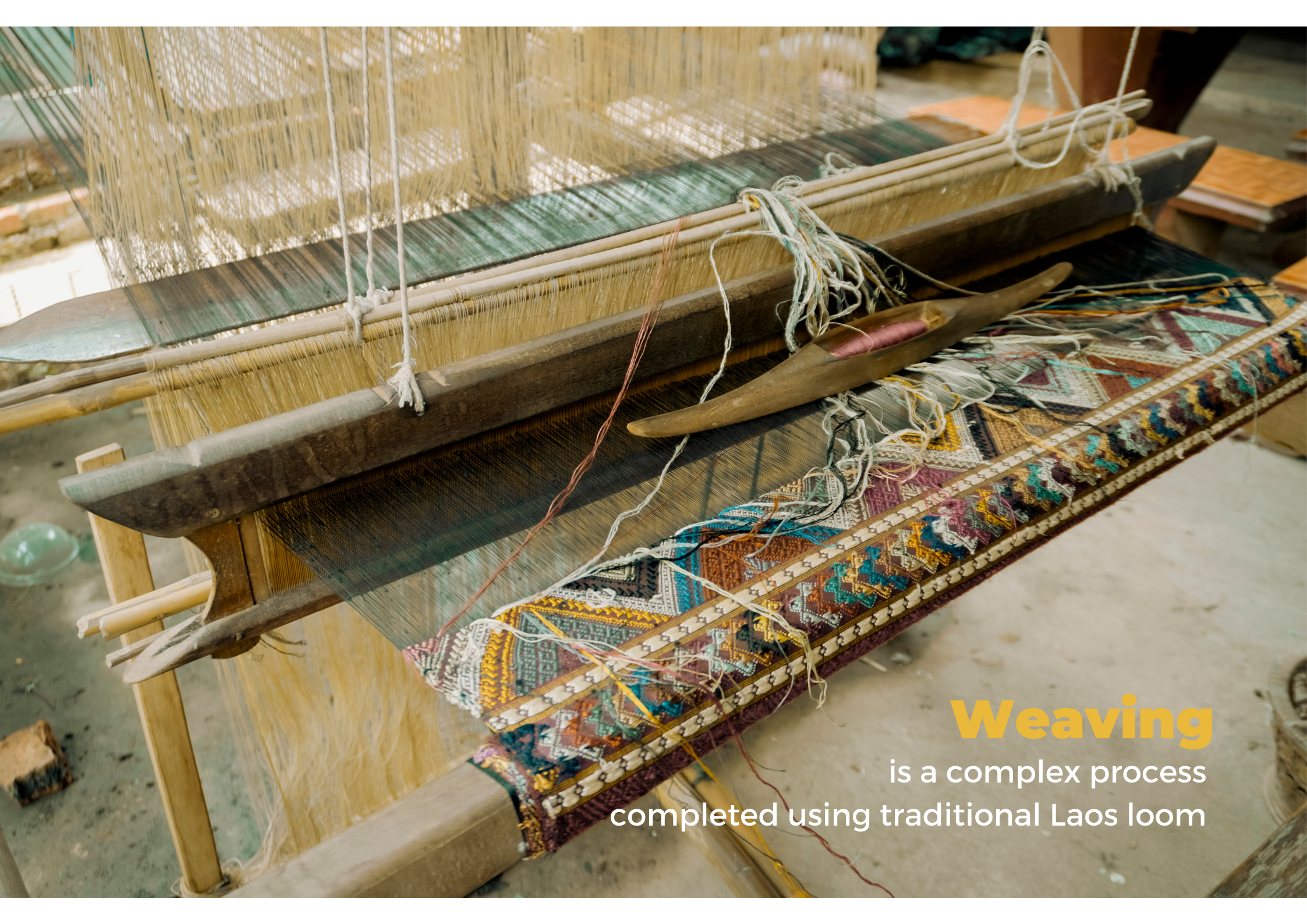

Weaving is a form of art and craftsmanship that brings designs into fruition.
Mrs Fongsamouth has been weaving for 20 years, and, on top of that, runs a family business that sells handwoven fabric with 29 staff members, most of whom are former students who learnt weaving from her.
With it being a life skill for women in Laos that secures jobs, Mrs Fongsamouth takes it upon herself to teach weaving to the younger generations in her village.
Beyond those in her village, she also used to teach students from SOS Children’s Village and even tourists, with her workshops being frequented by students from Korea before the pandemic.
What spurs her on is the belief that it is crucial to preserve Laotian traditions, and she hopes that by demonstrating weaving to the young, they too will take it up.
“If no one preserves the culture, it will disappear in the future,” she said.
Weaving, Tailoring and Sinh
Weaving and tailoring come hand in hand. Tailors create a piece of sinh that is customised for the buyer, using fabric that is handwoven by weavers. A sinh is a piece of art in the form of threads that tells the craftsmanship of both the weaver and tailor, for every stitch is a premeditated step to bring a particular design to life.
There are factory produced sinh that are made by machines, sold in markets and various stores. However, there is a drastic contrast in quality and aesthetic. The craft of sinh making cannot be easily replicated without a mastery in both tailoring and weaving. ∎
Special thanks to Mrs Manichanh, Mrs Pany, Mrs Fongsamouth and Sao Sinh for bringing us through this cultural journey, and students from Souphanouvong University for their help with translation.

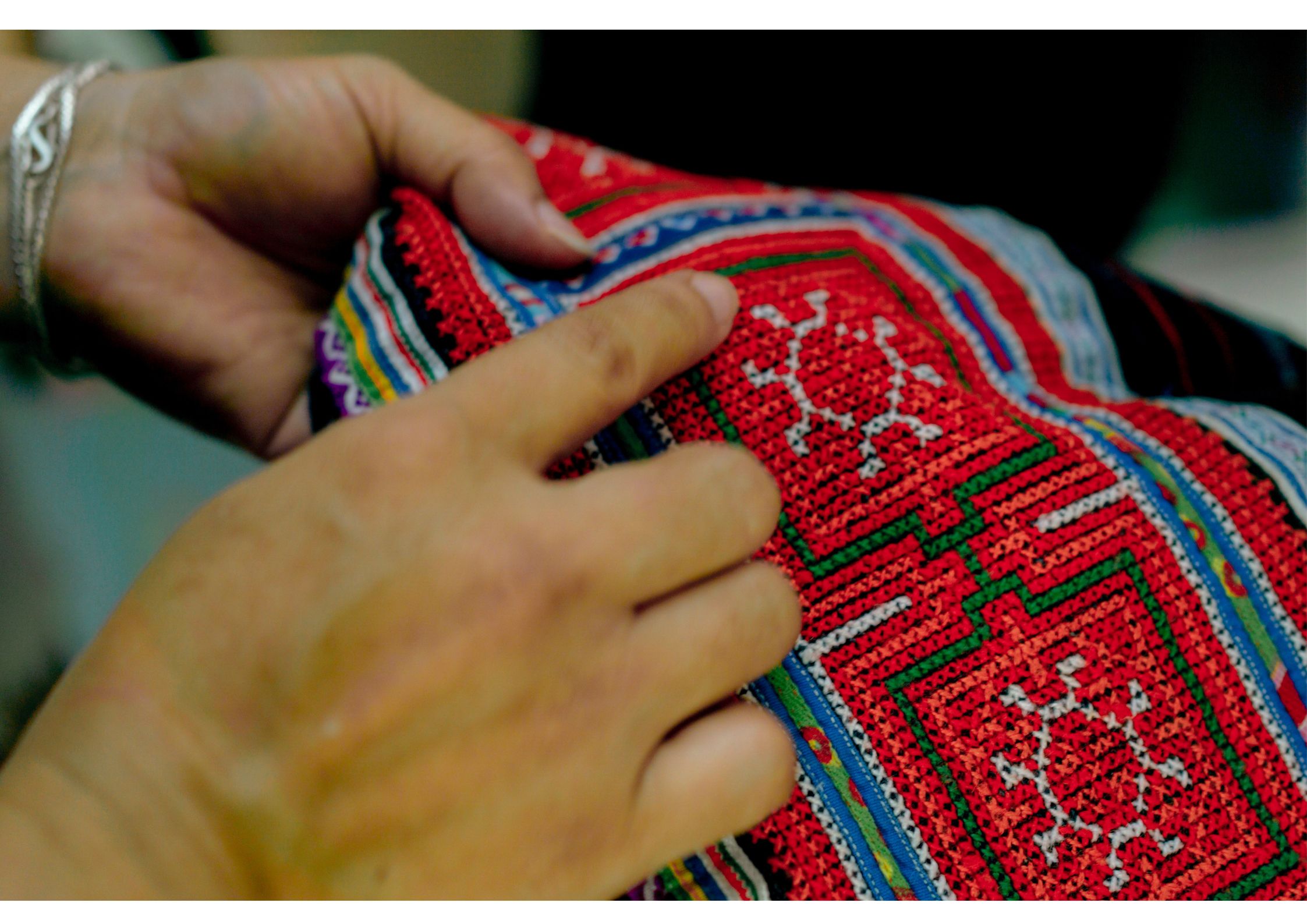
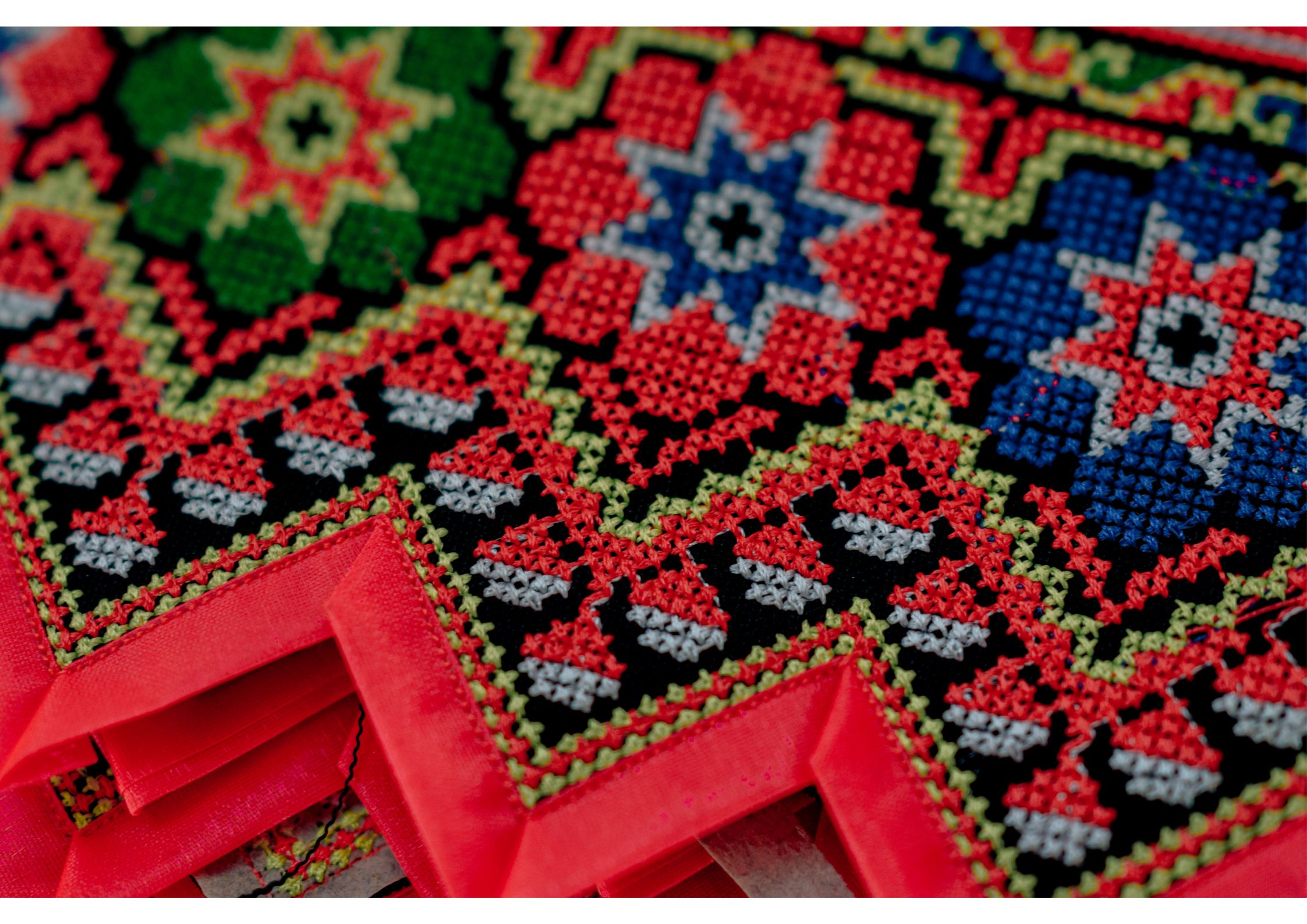
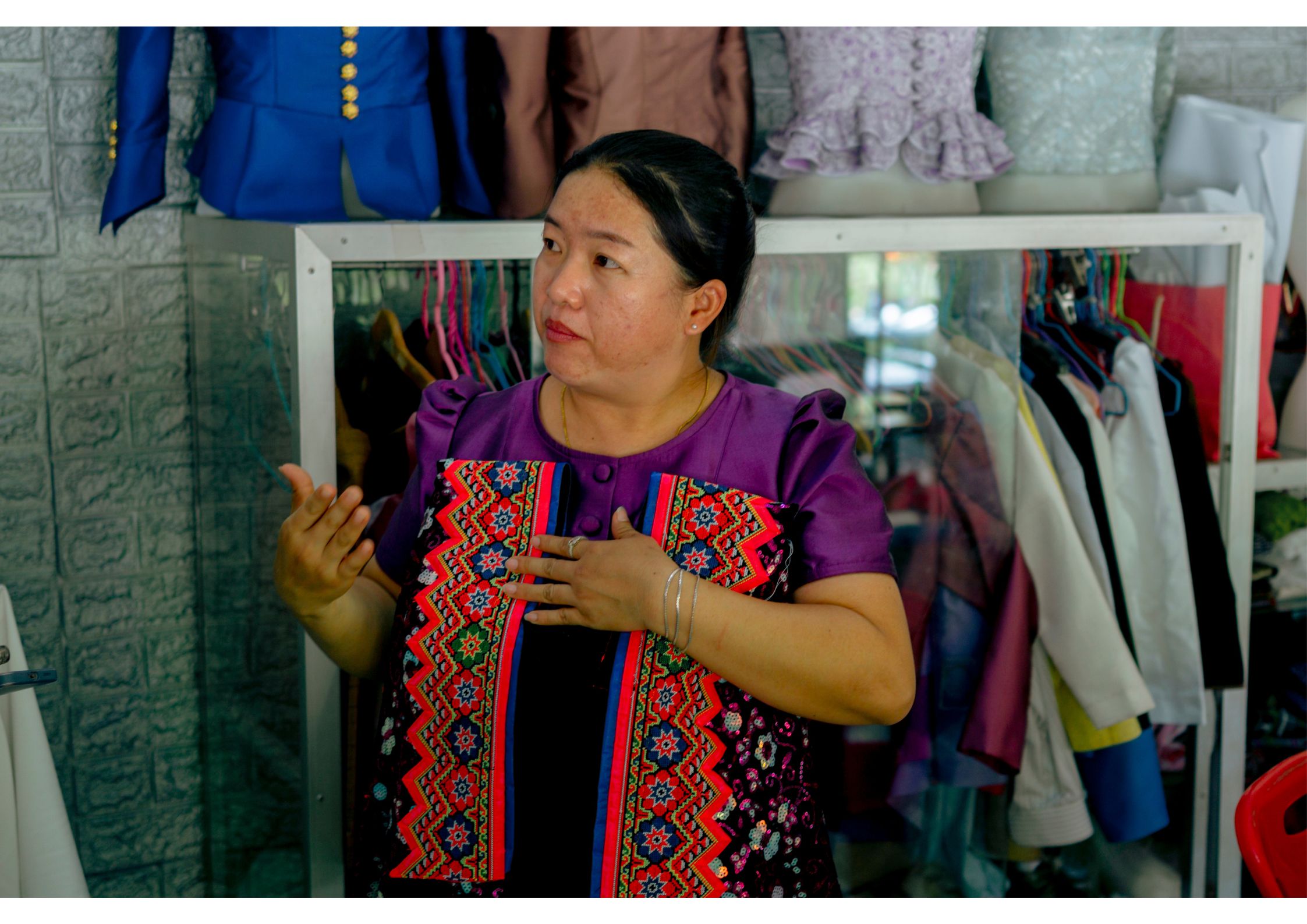
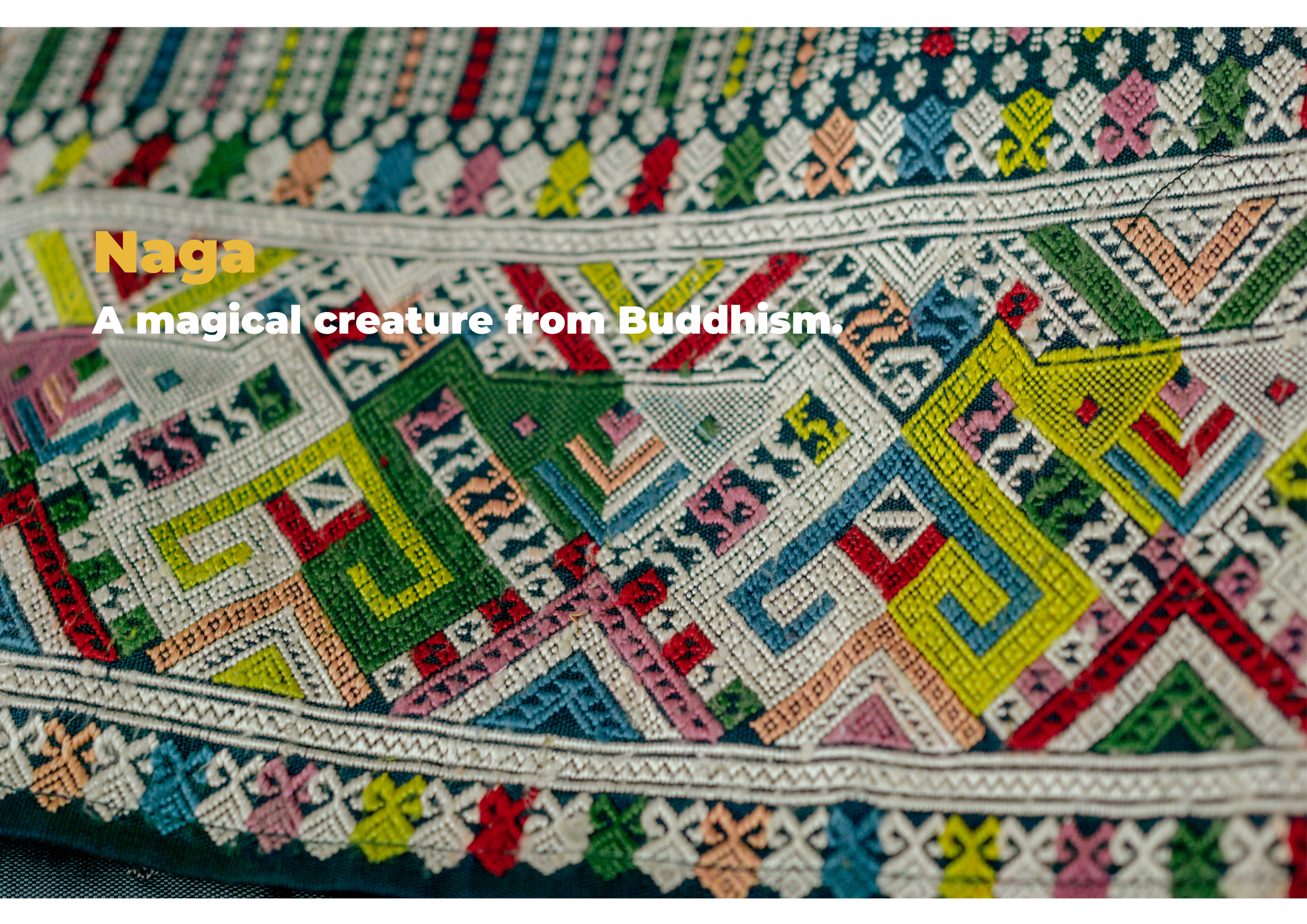
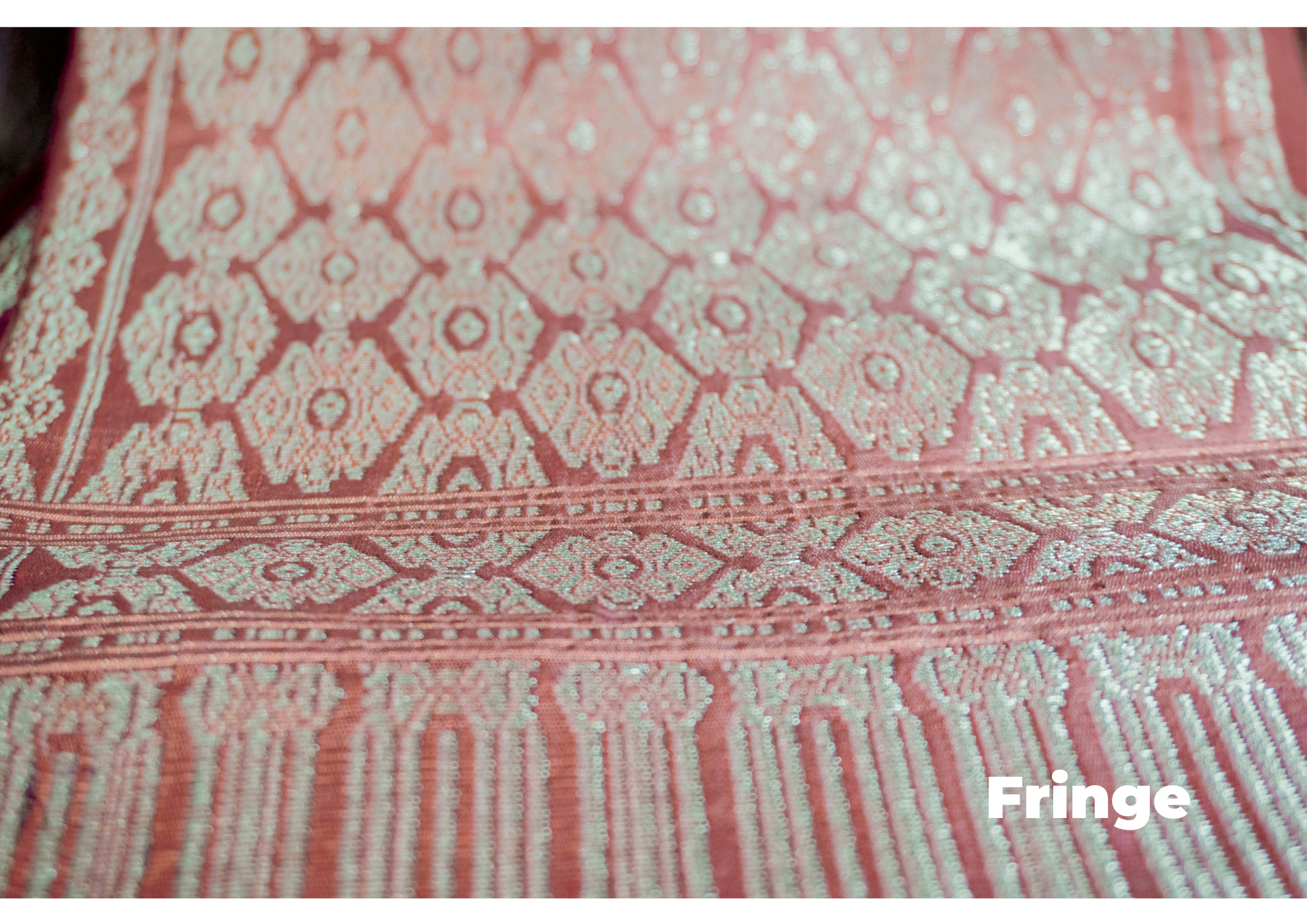
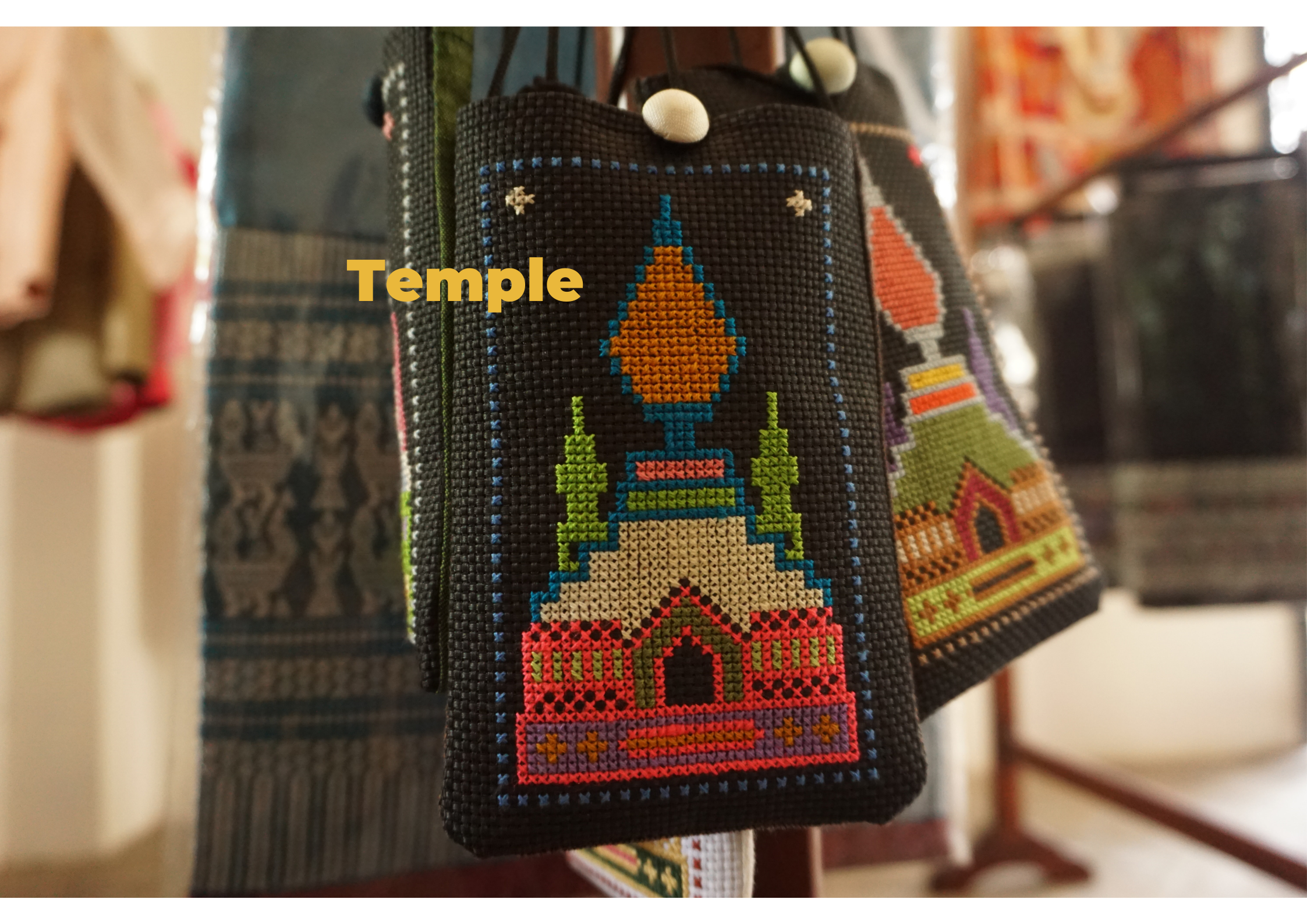
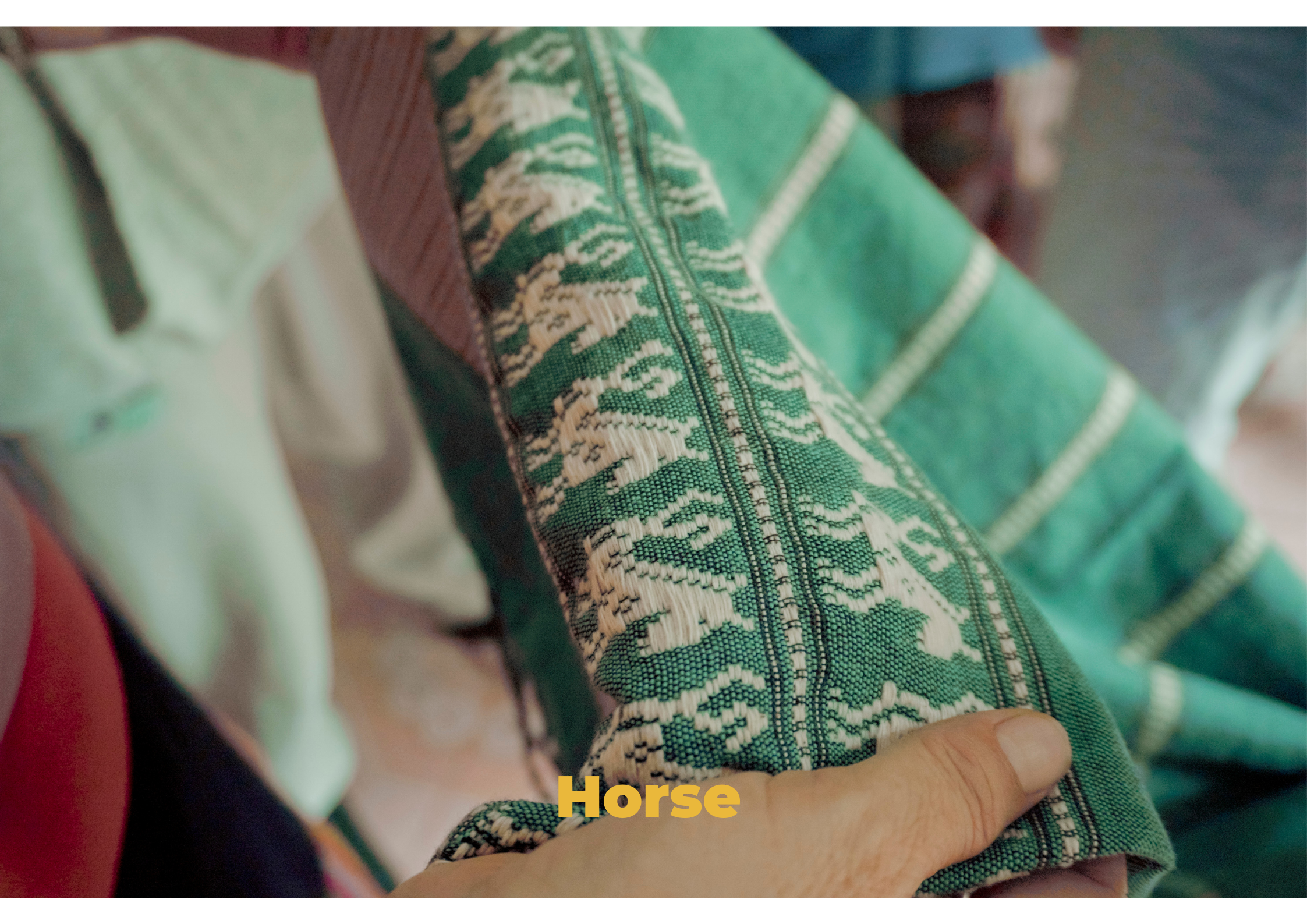


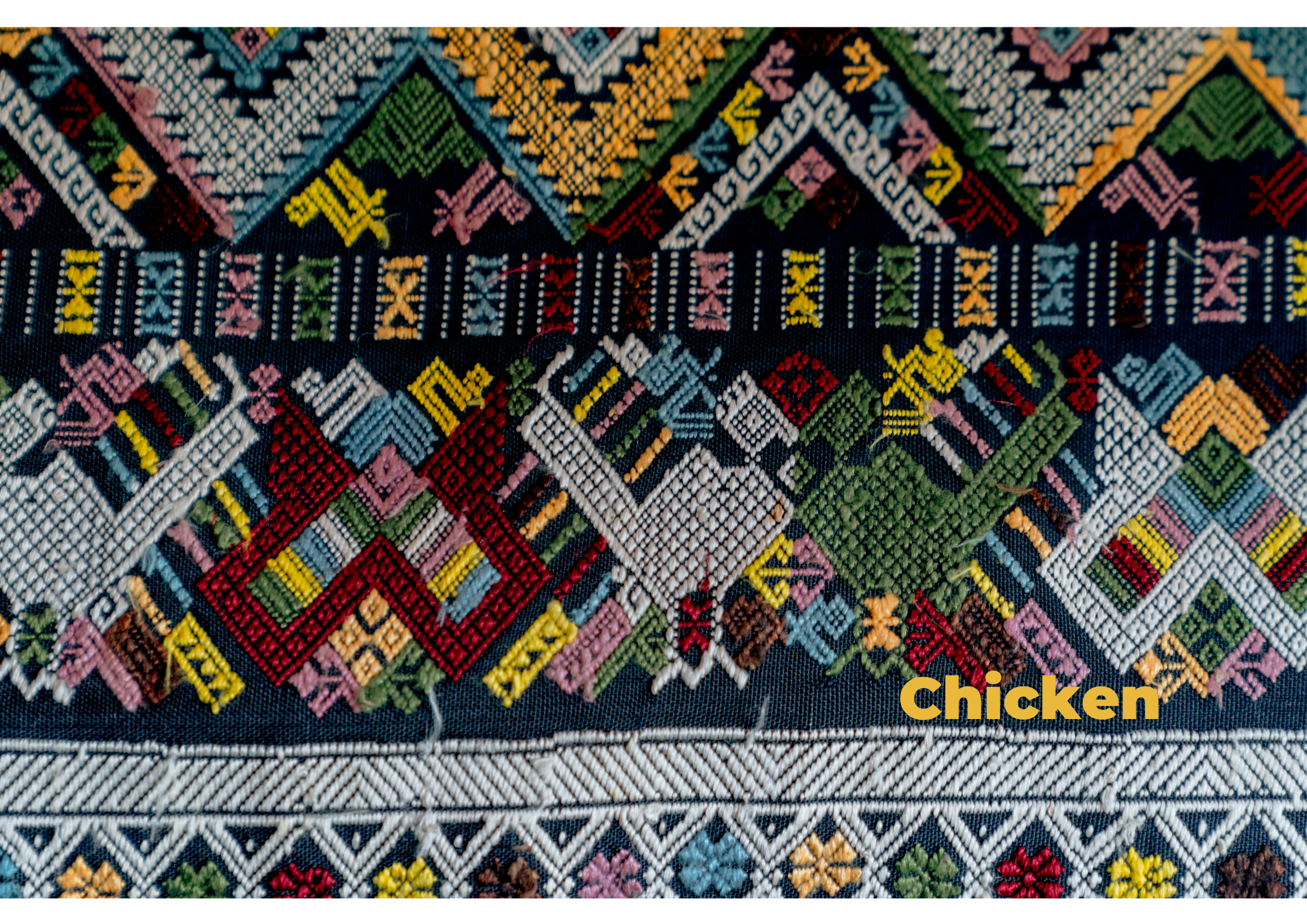
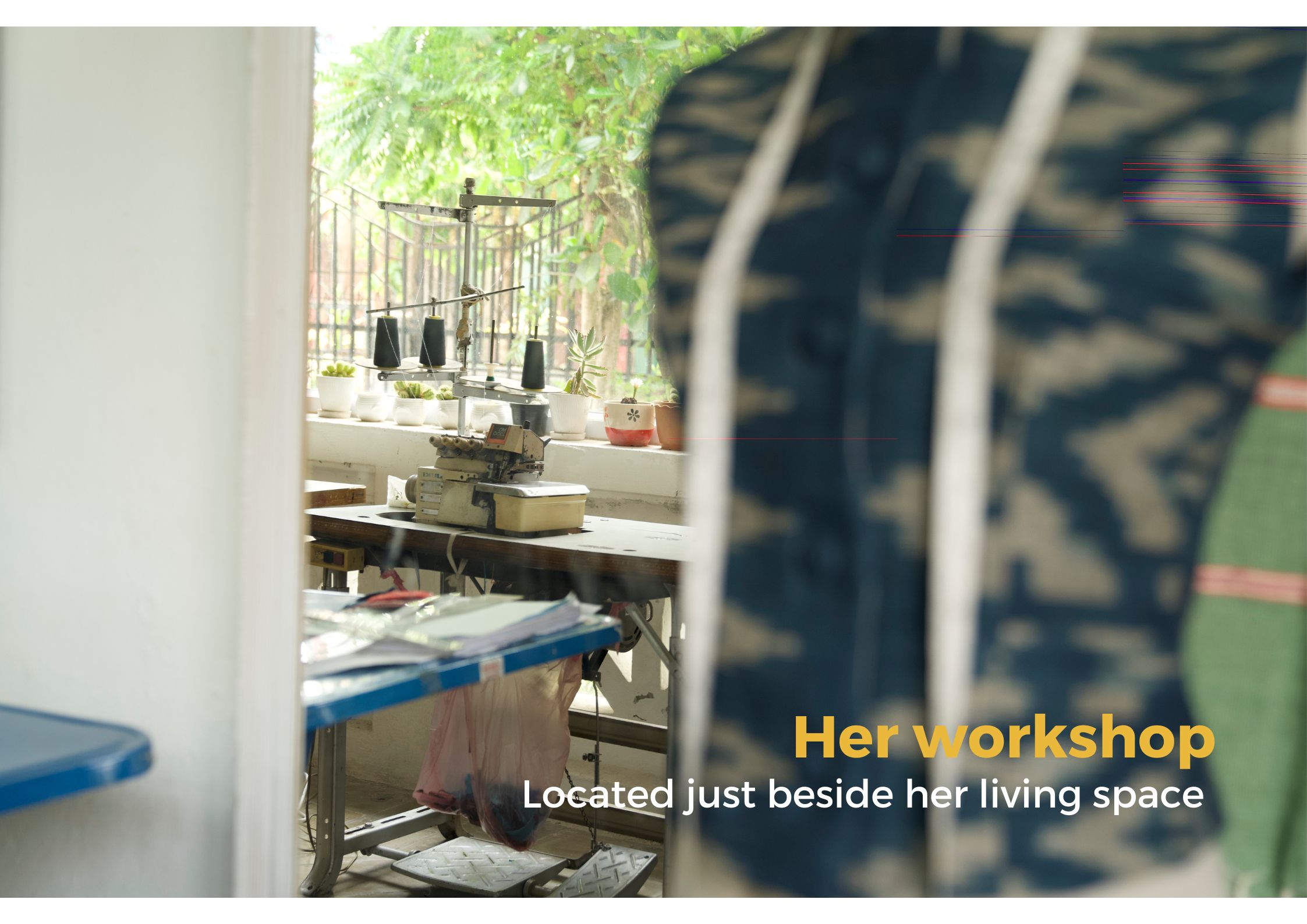
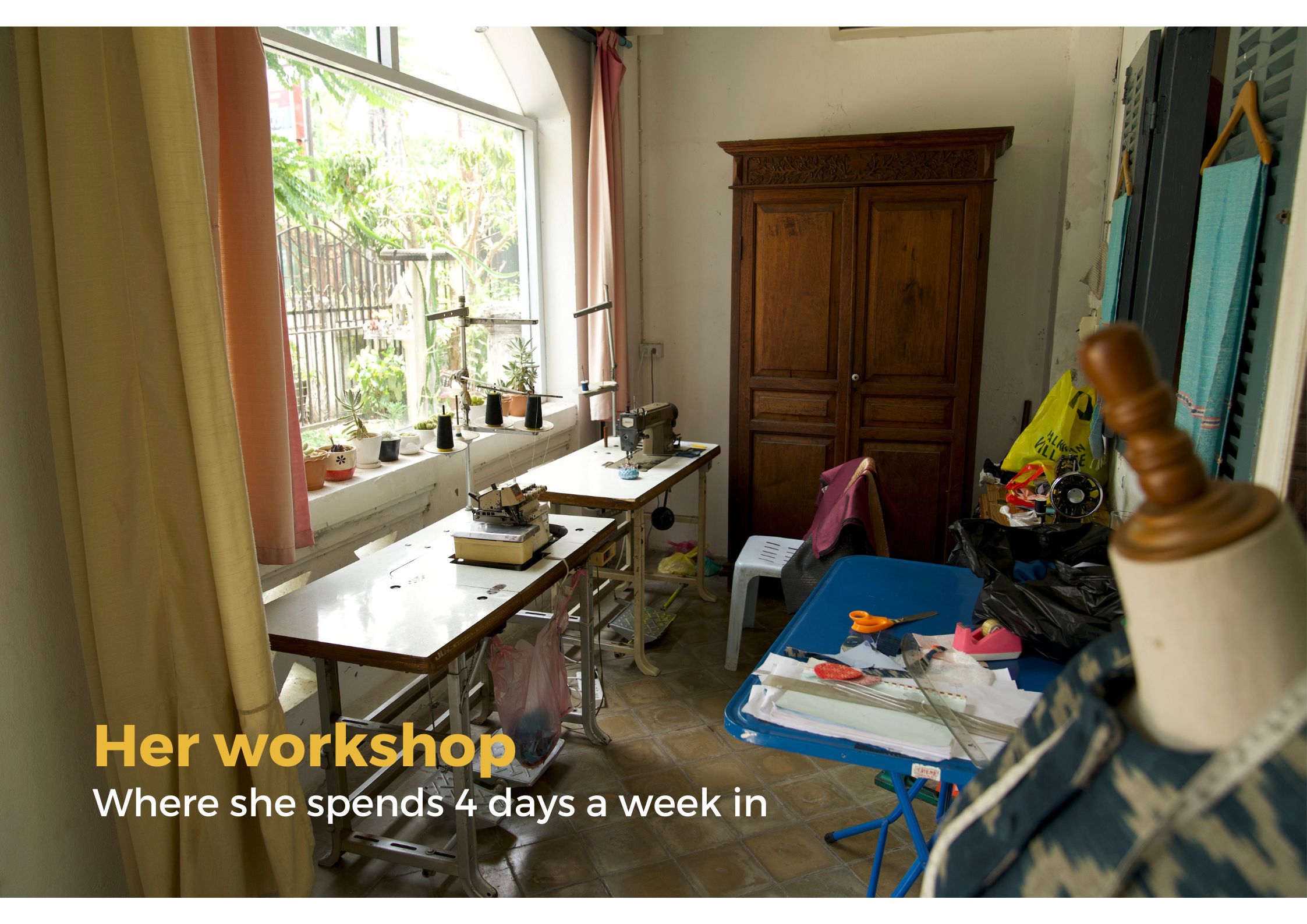
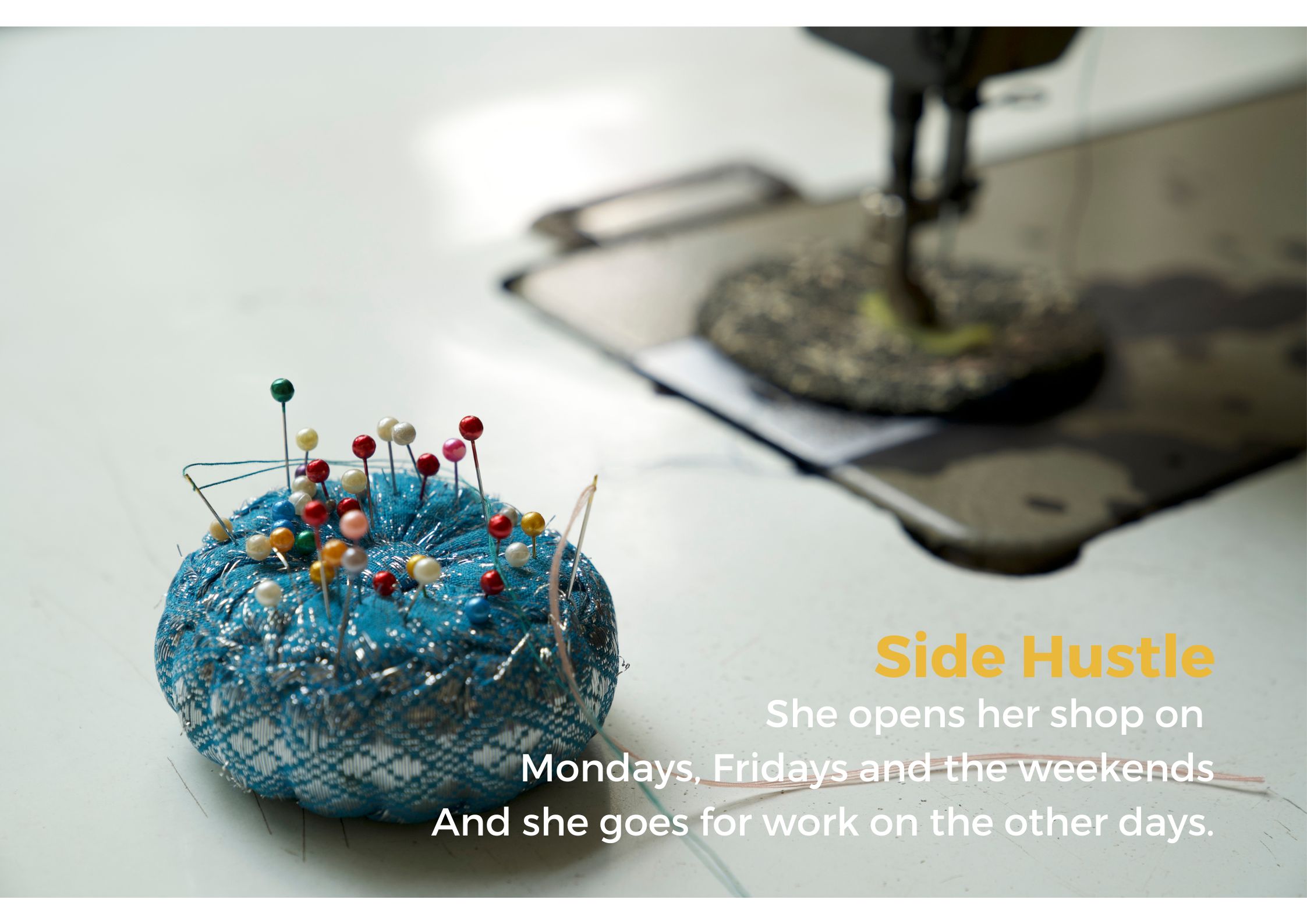
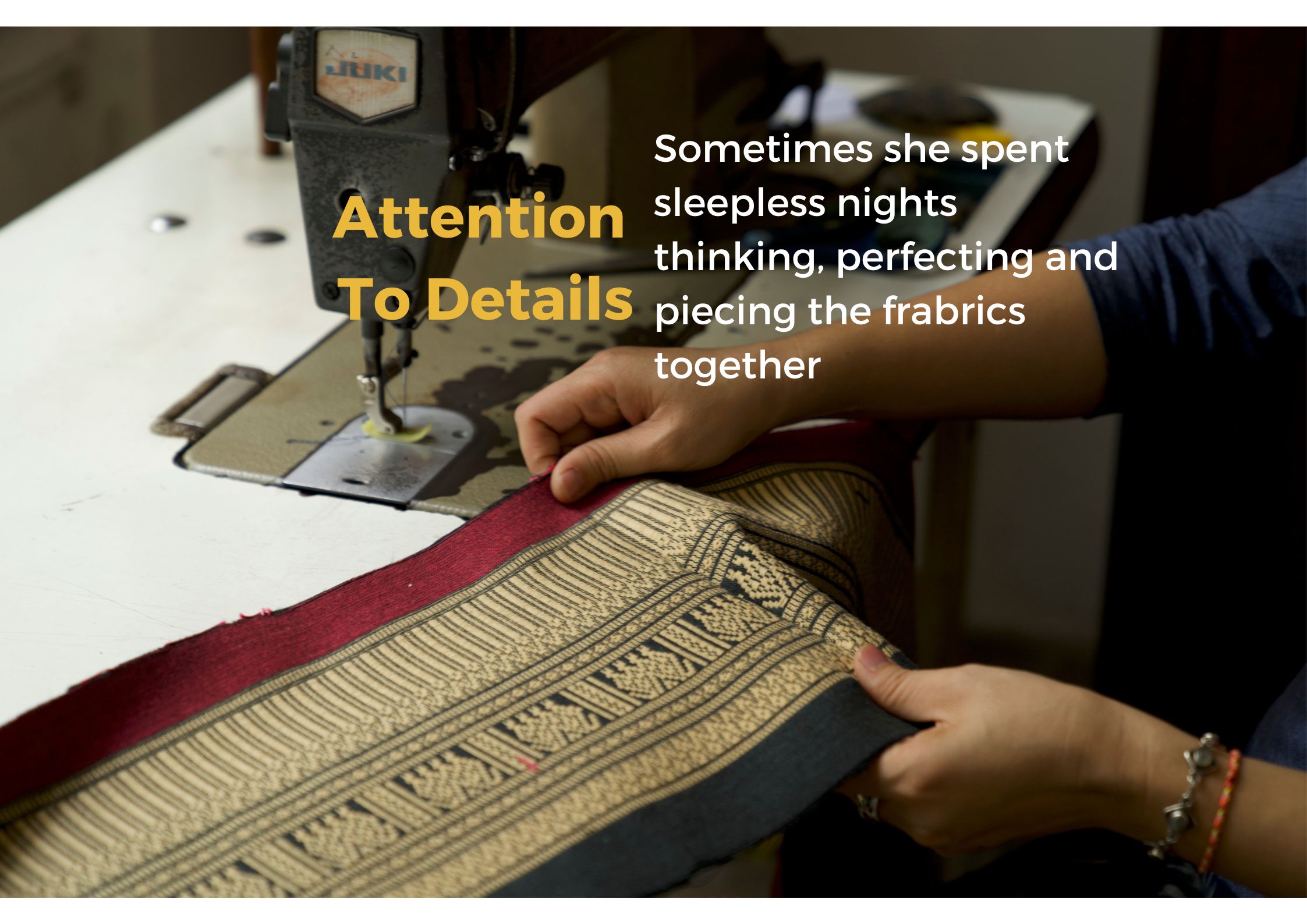
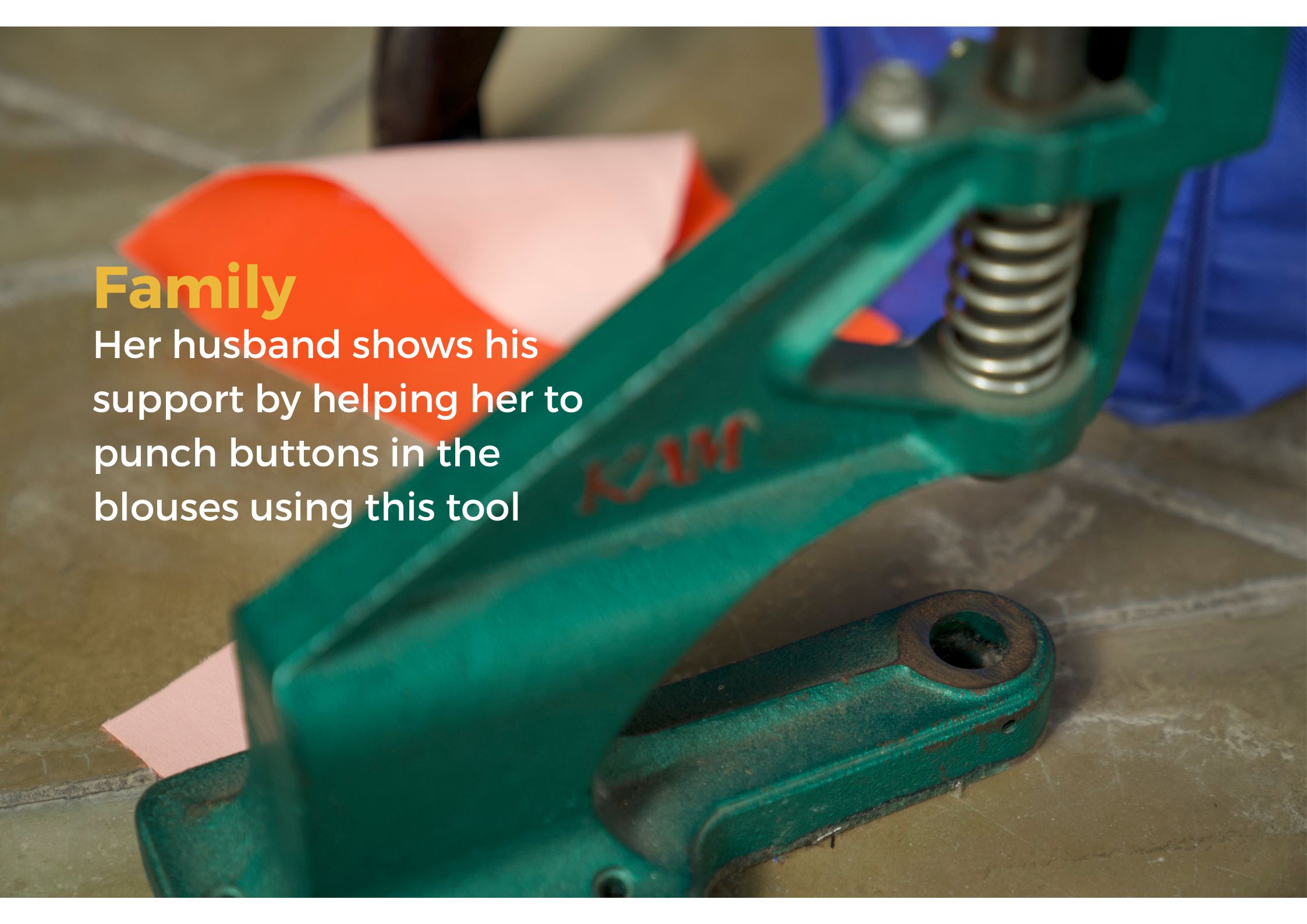
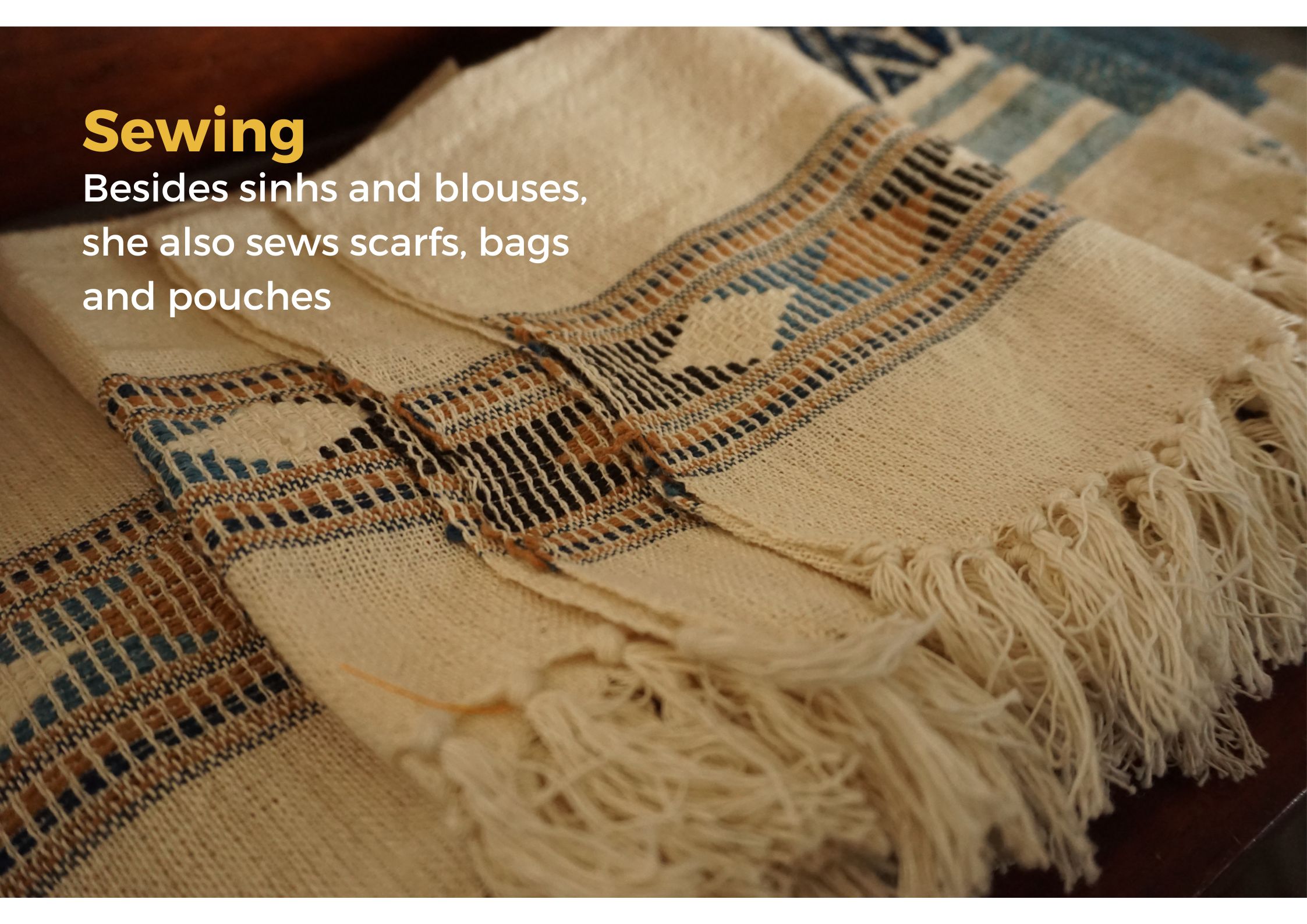
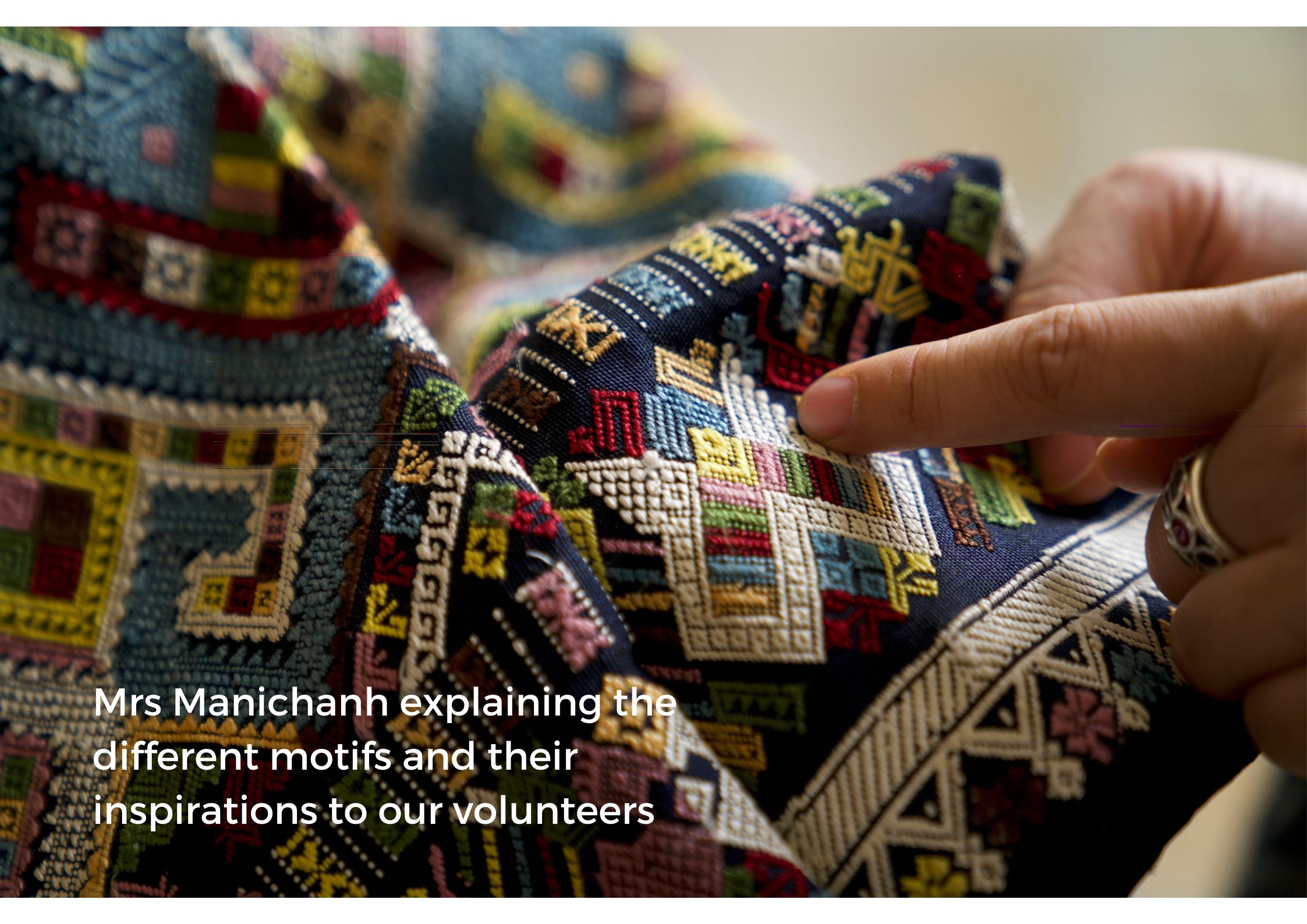
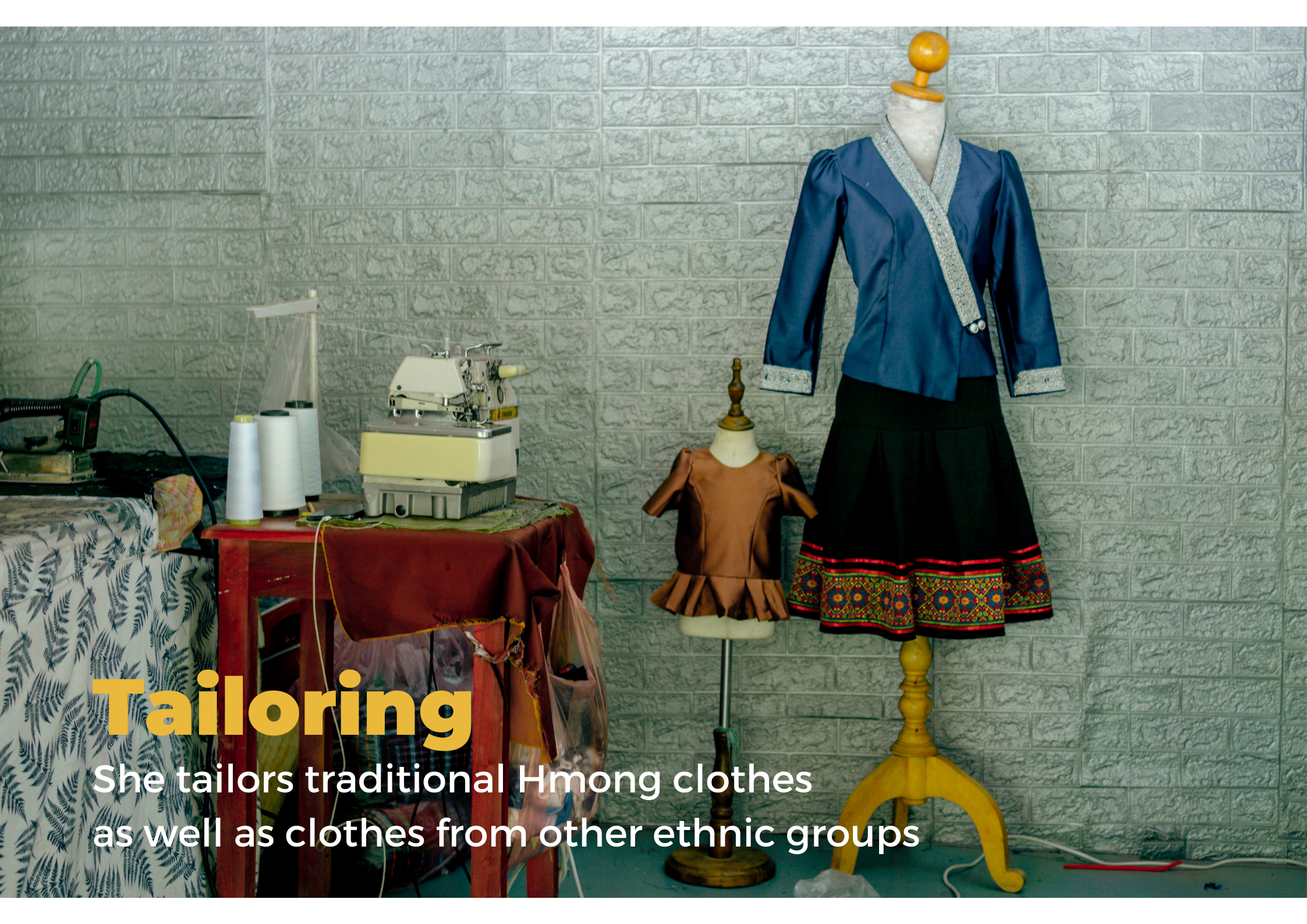

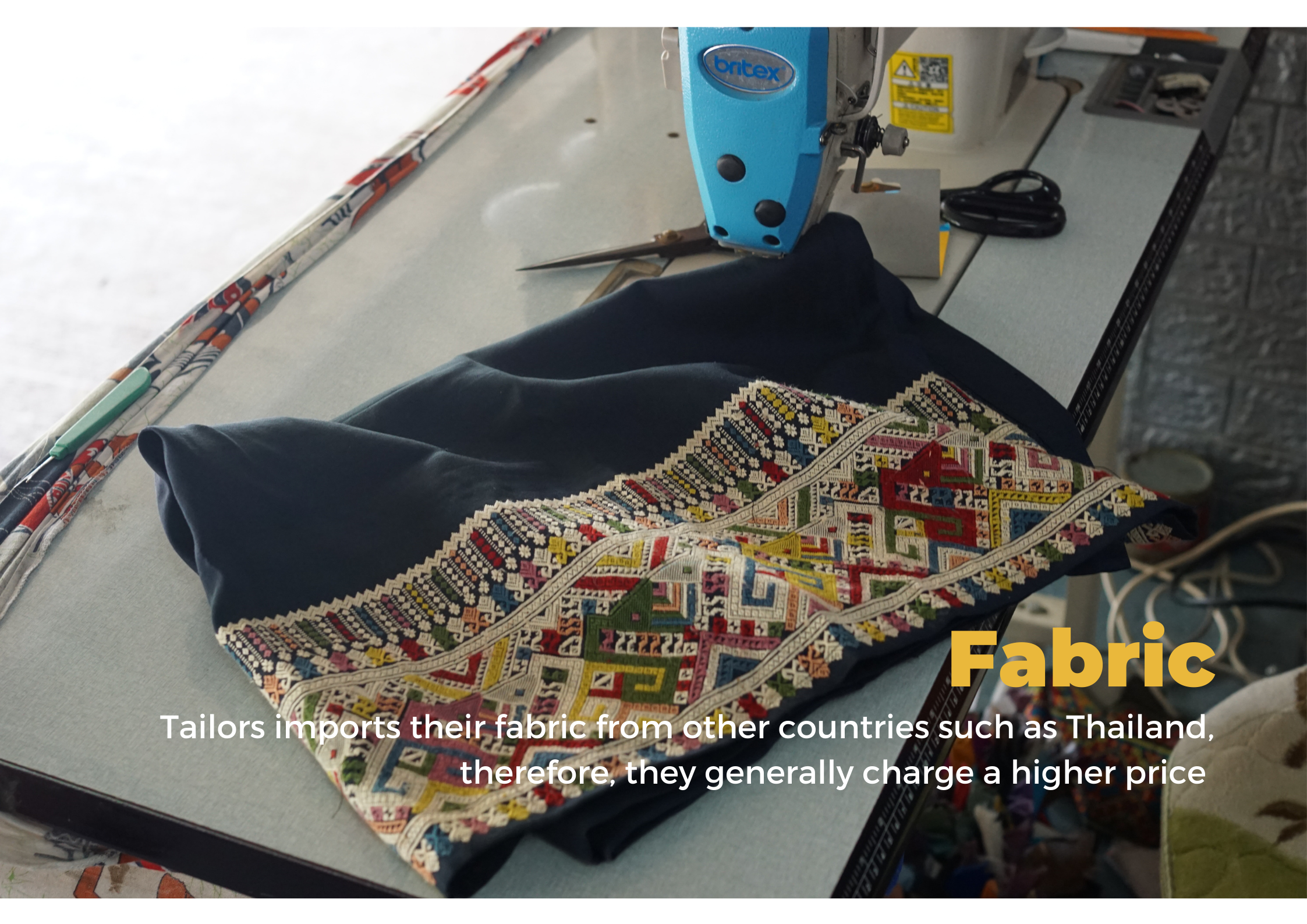
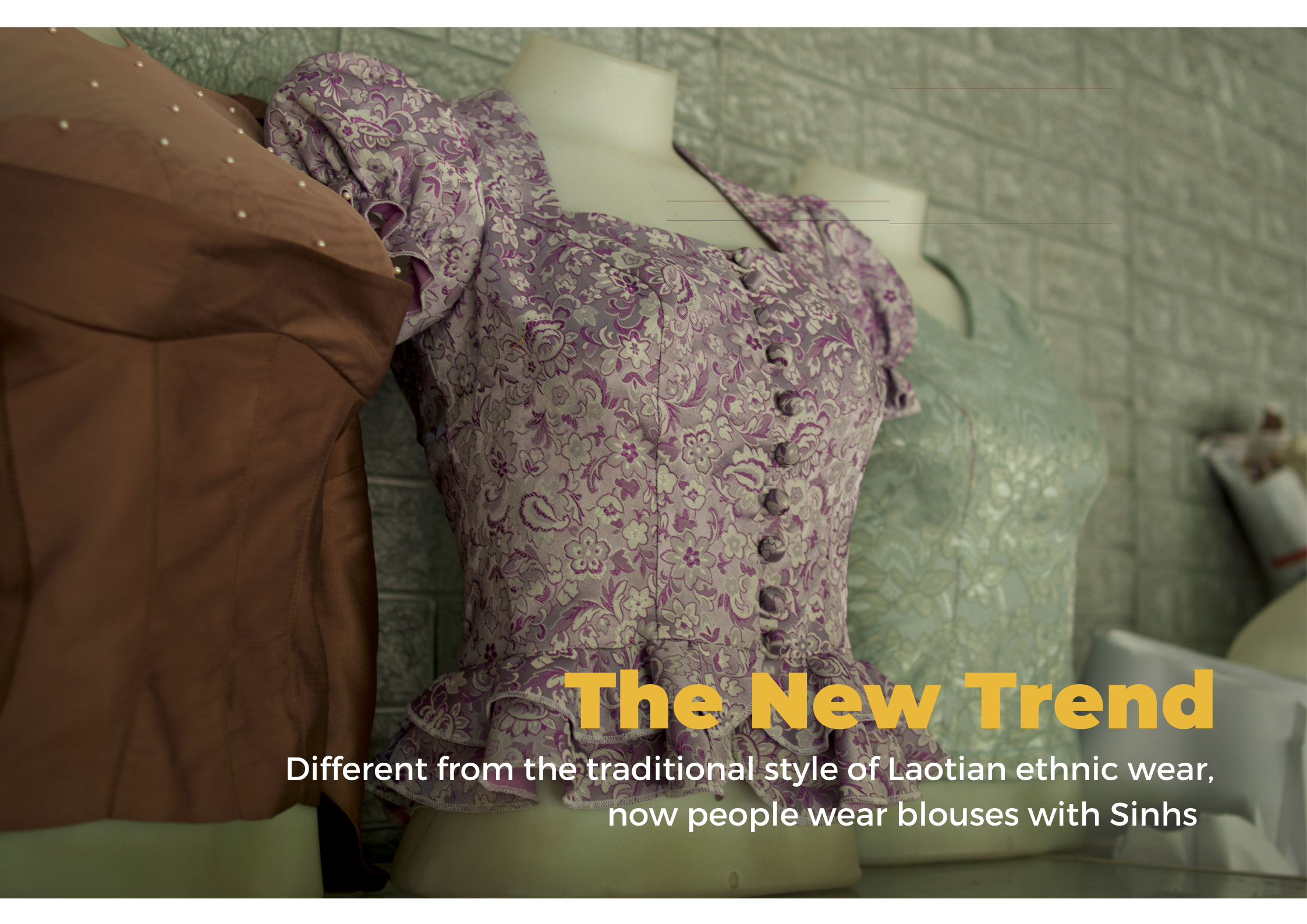

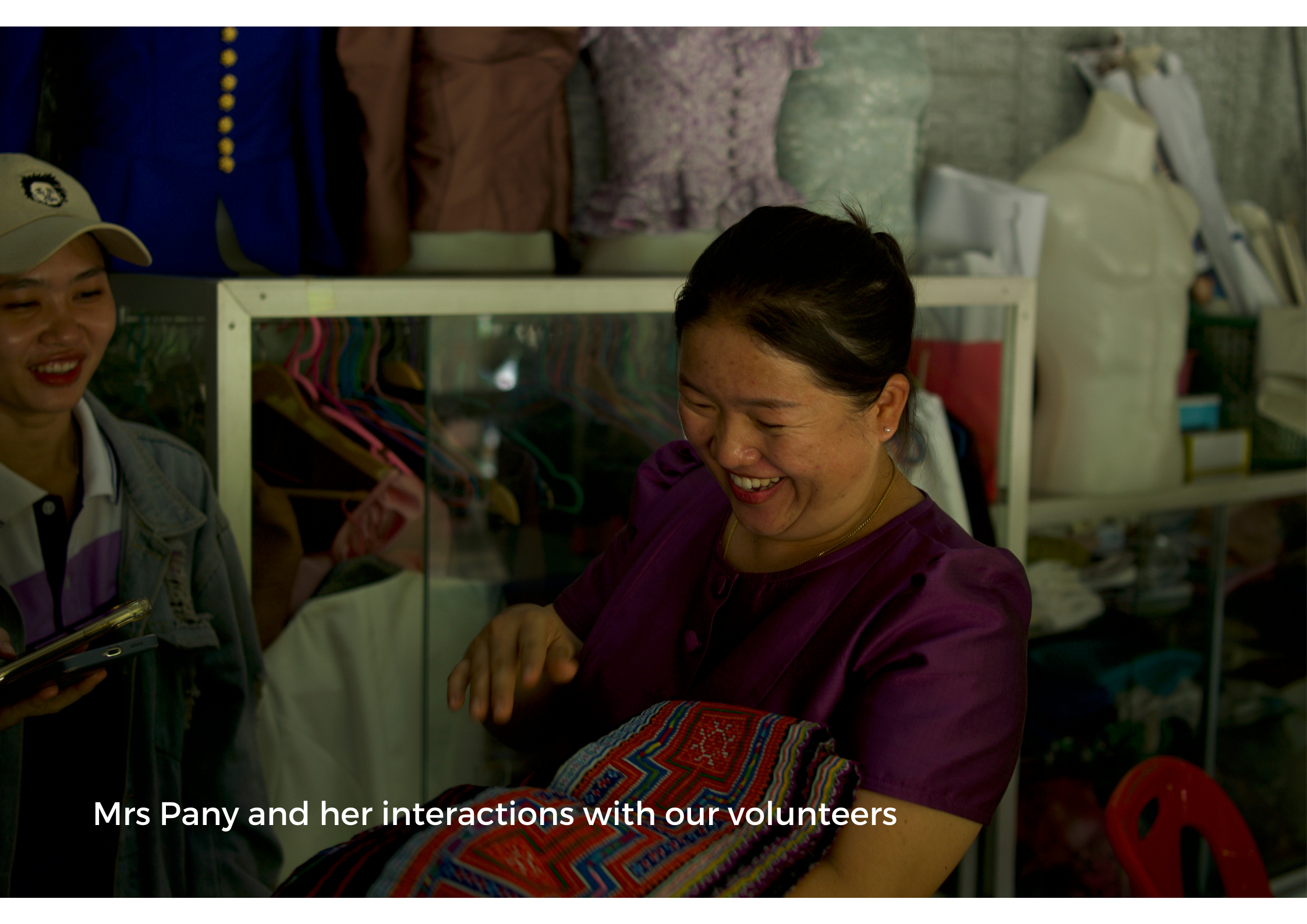
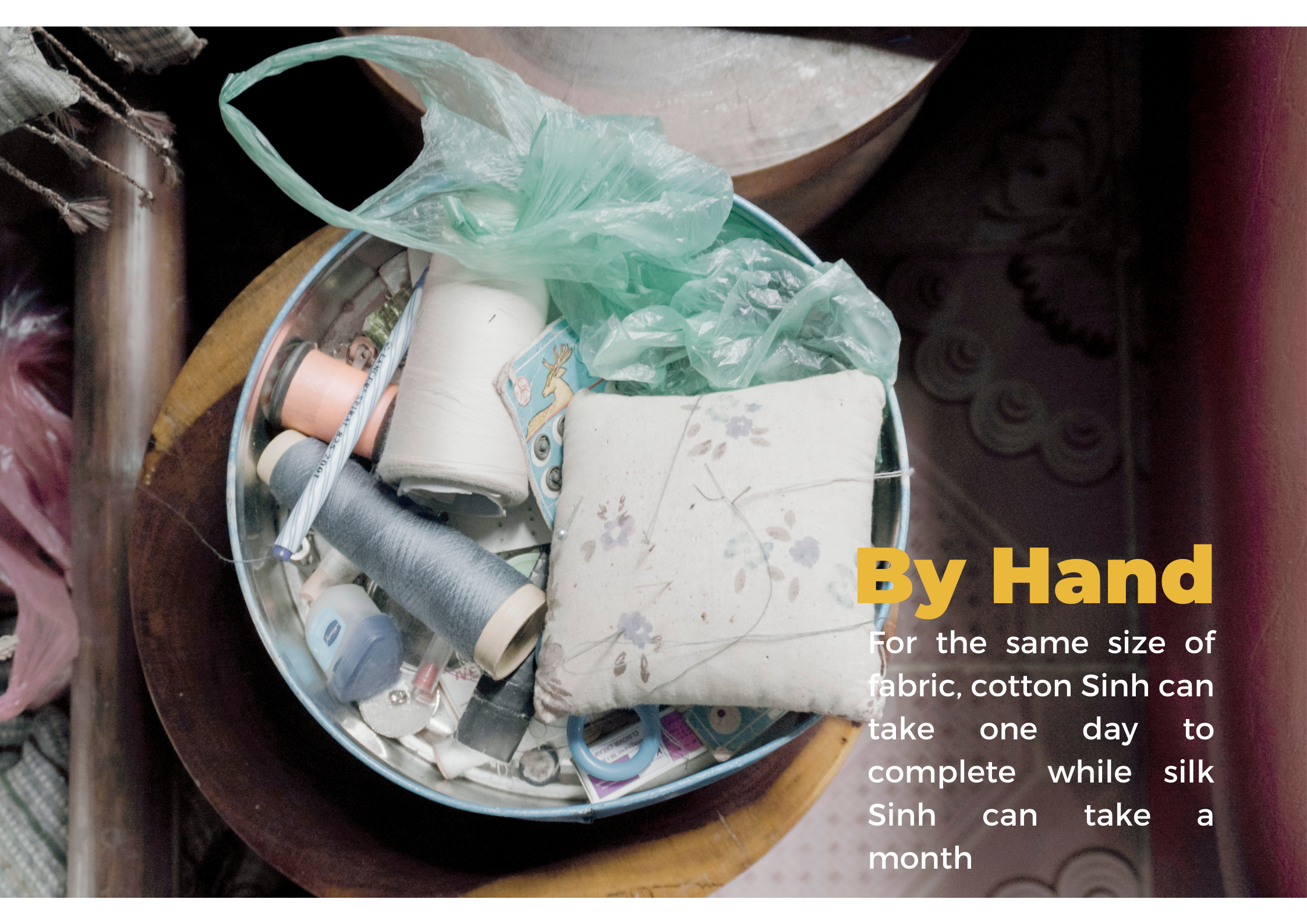
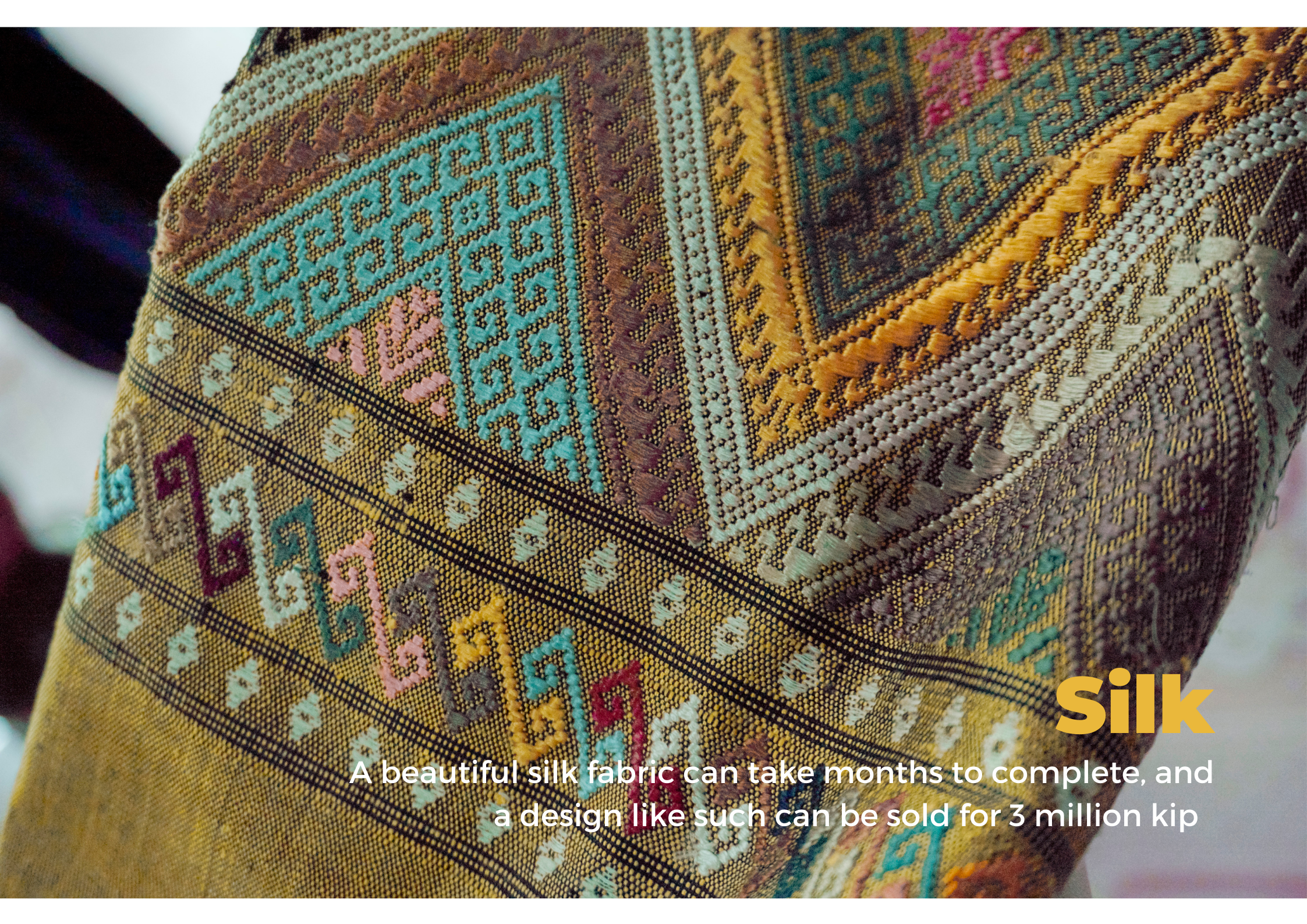

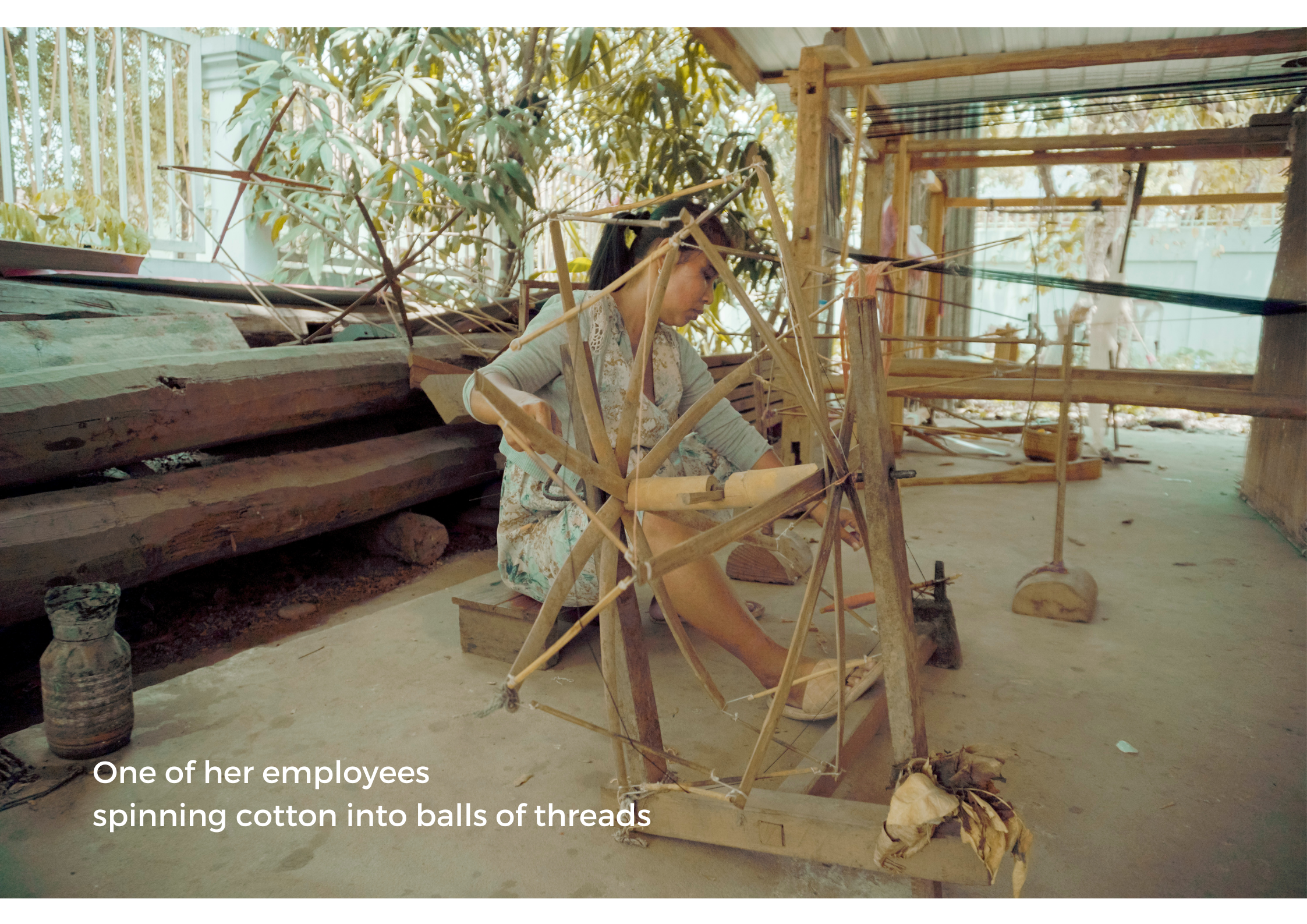
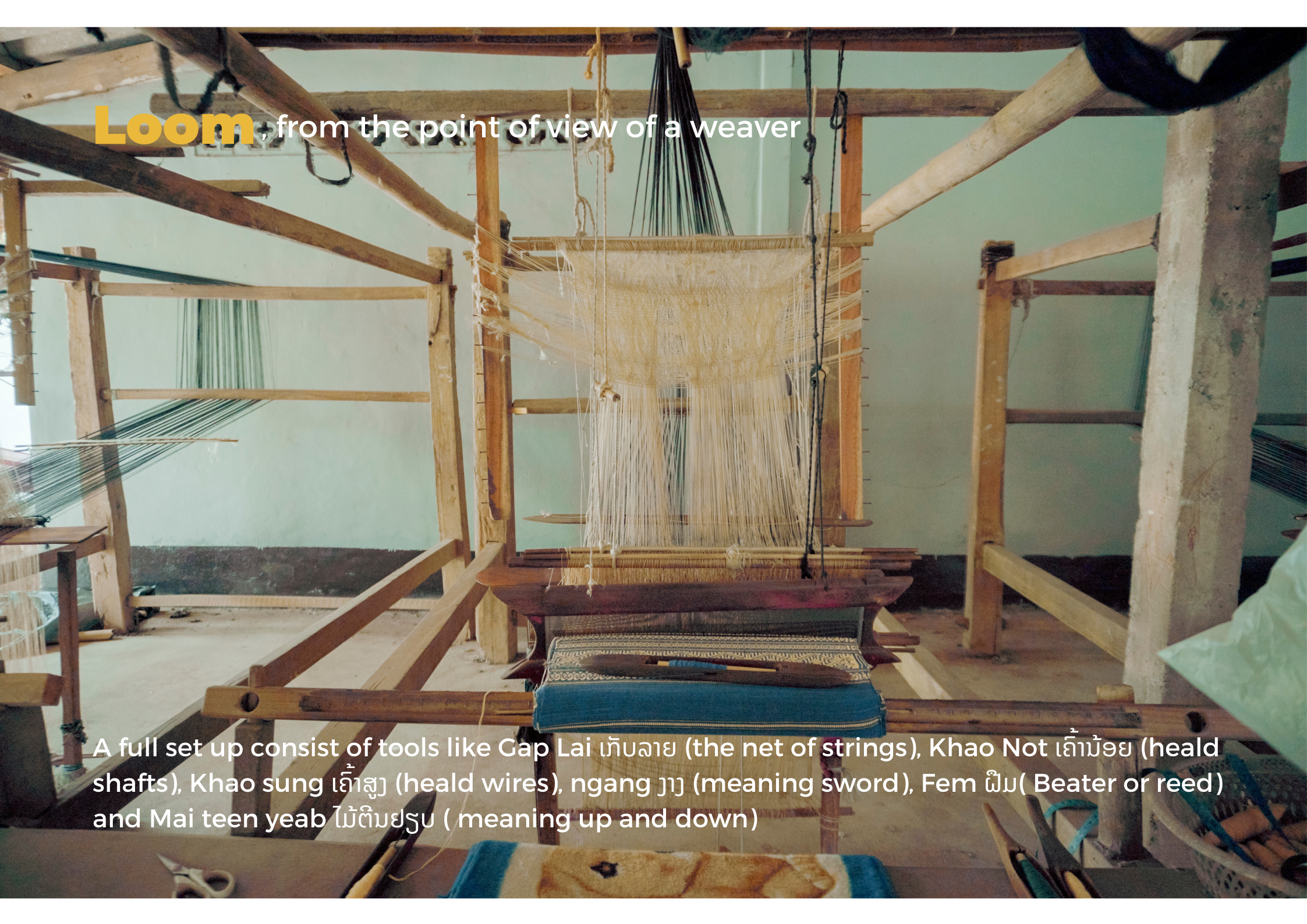
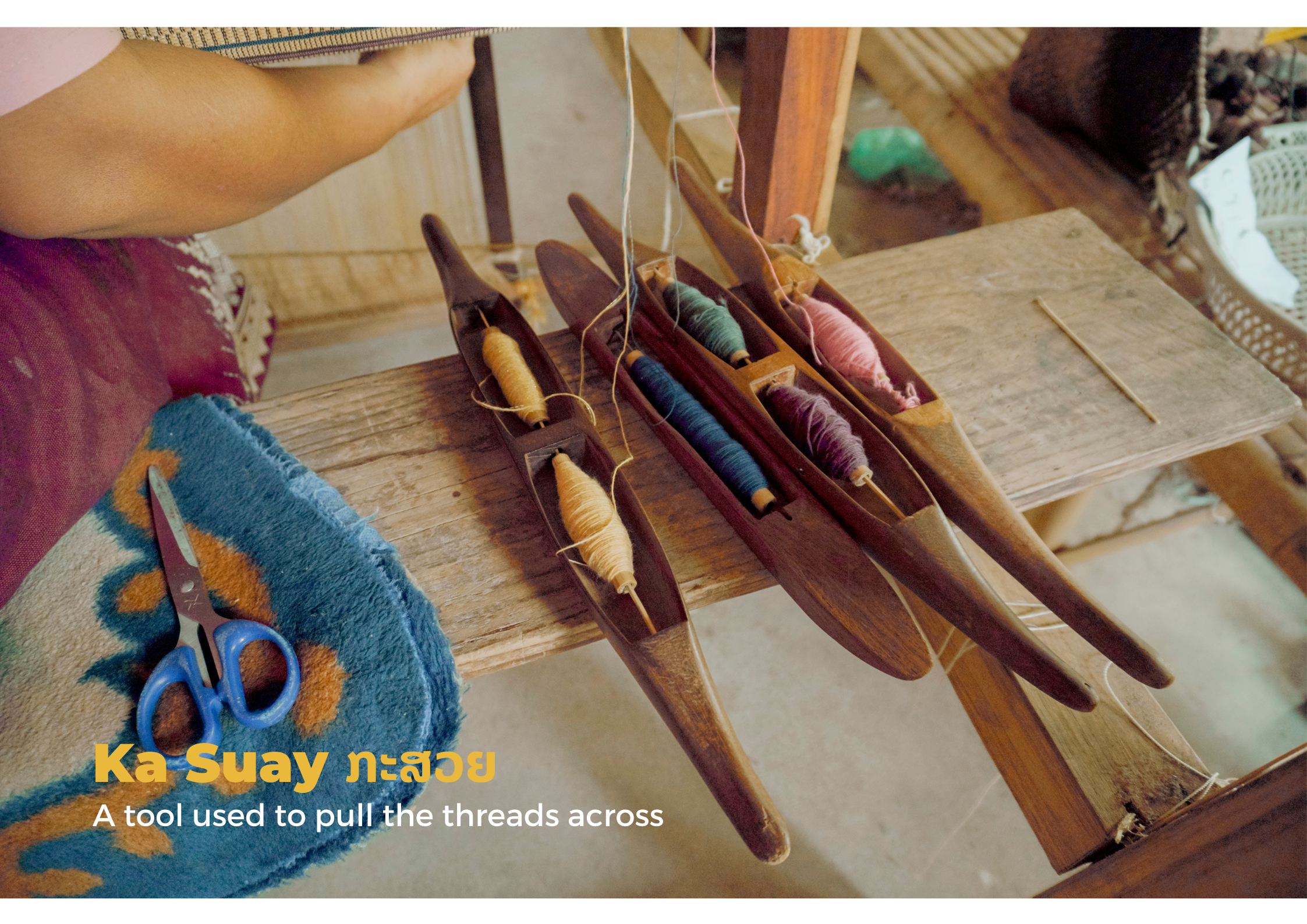
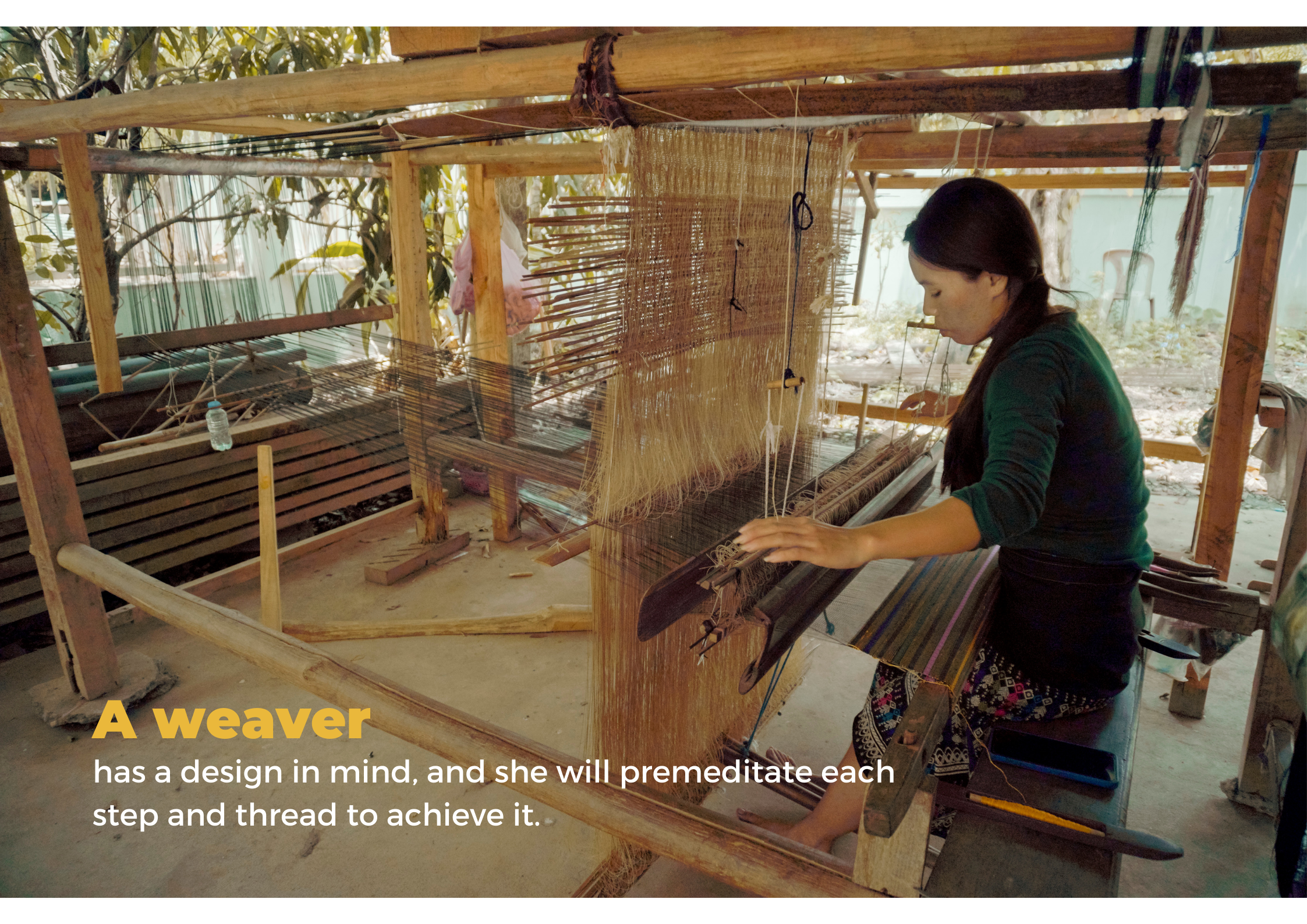

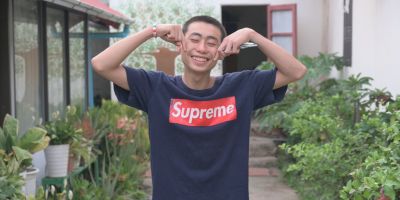
 Wee Kim Wee School
Wee Kim Wee School